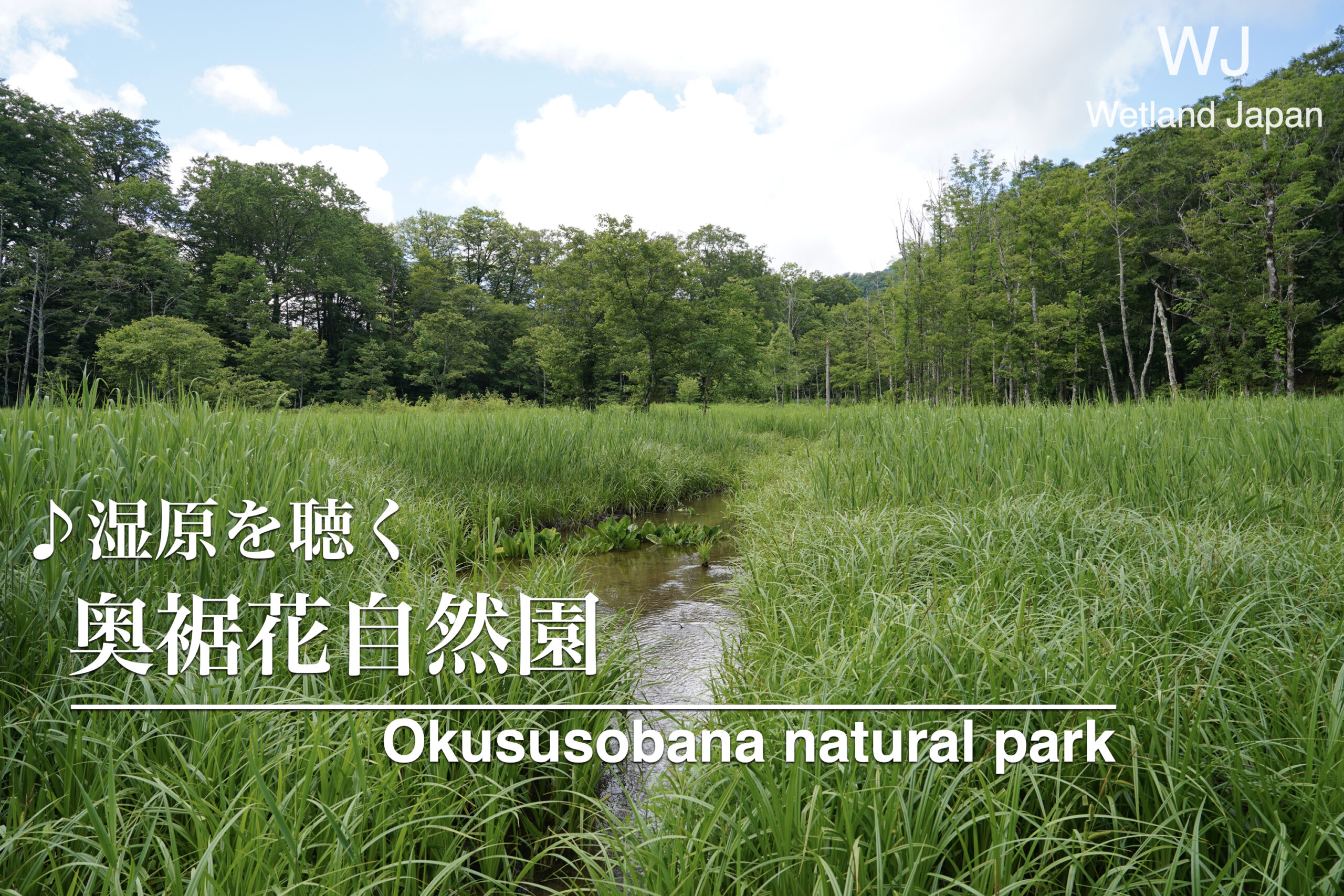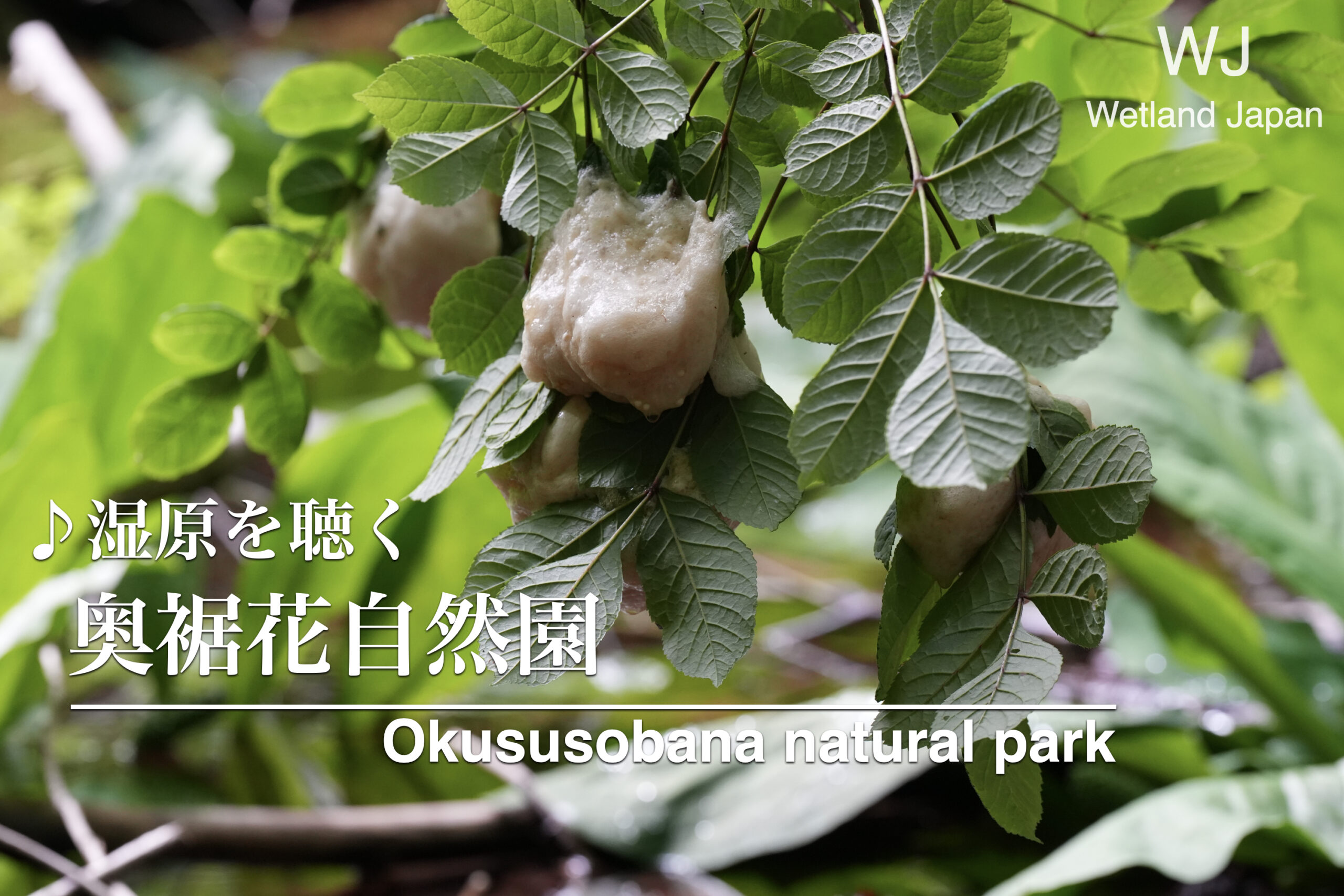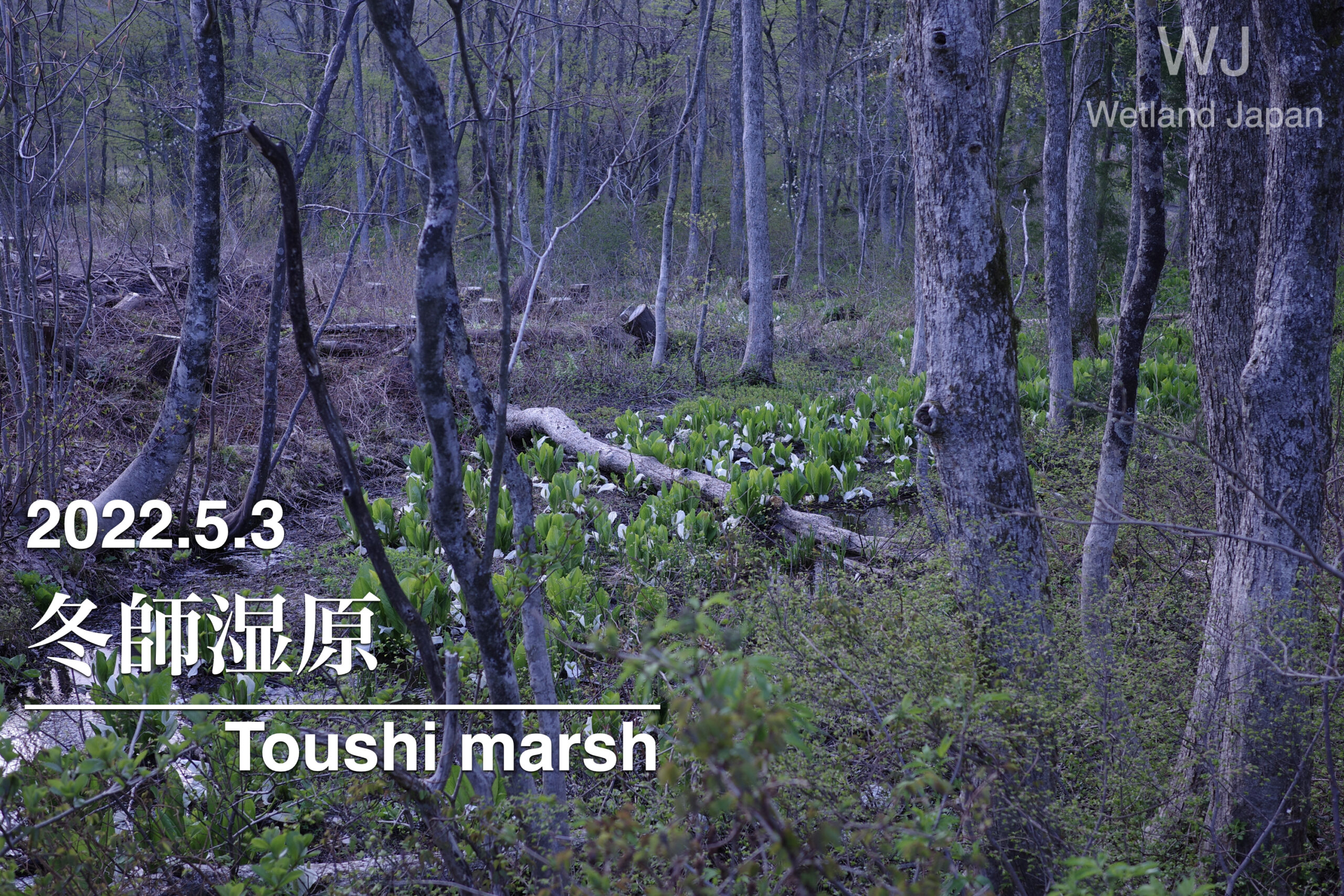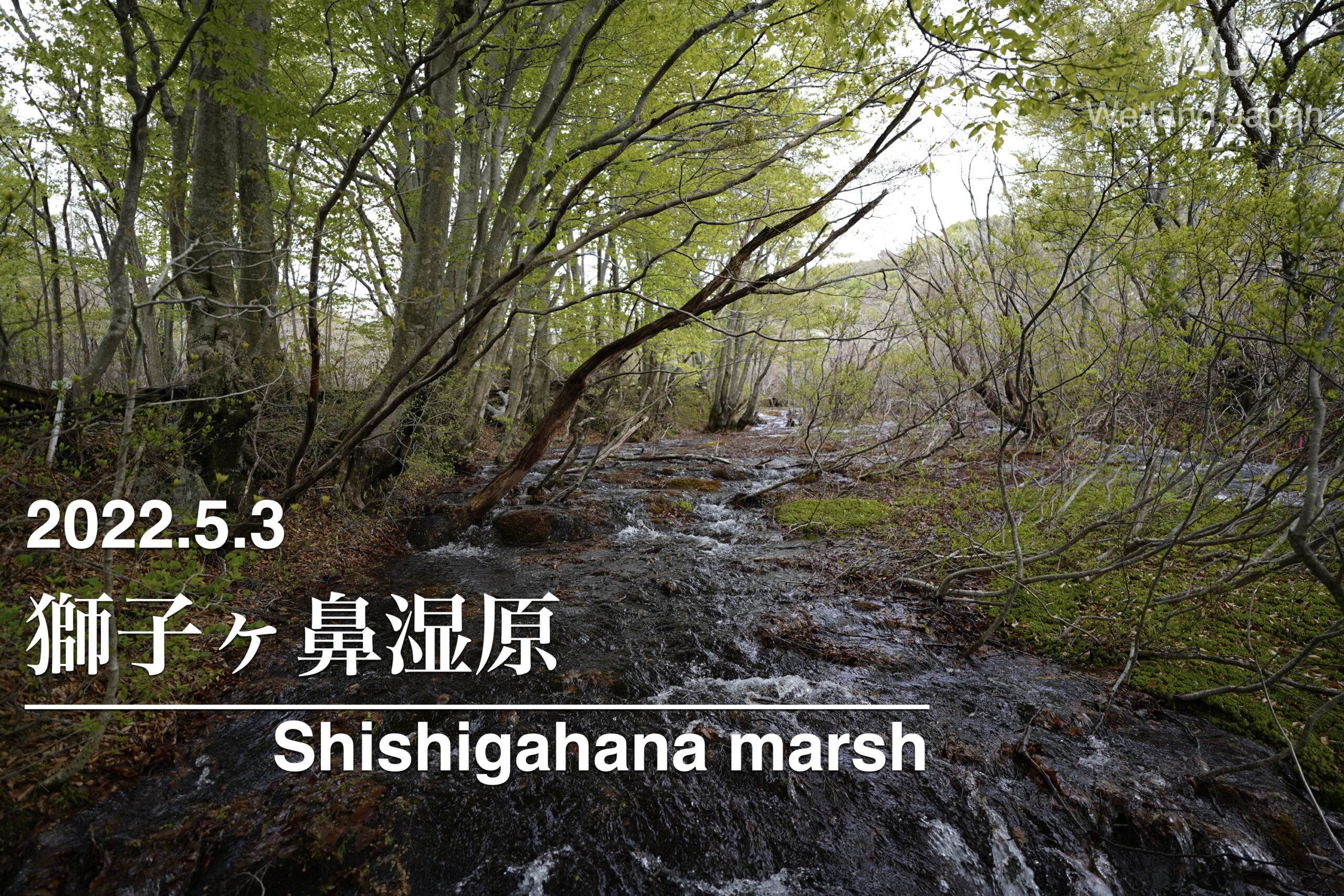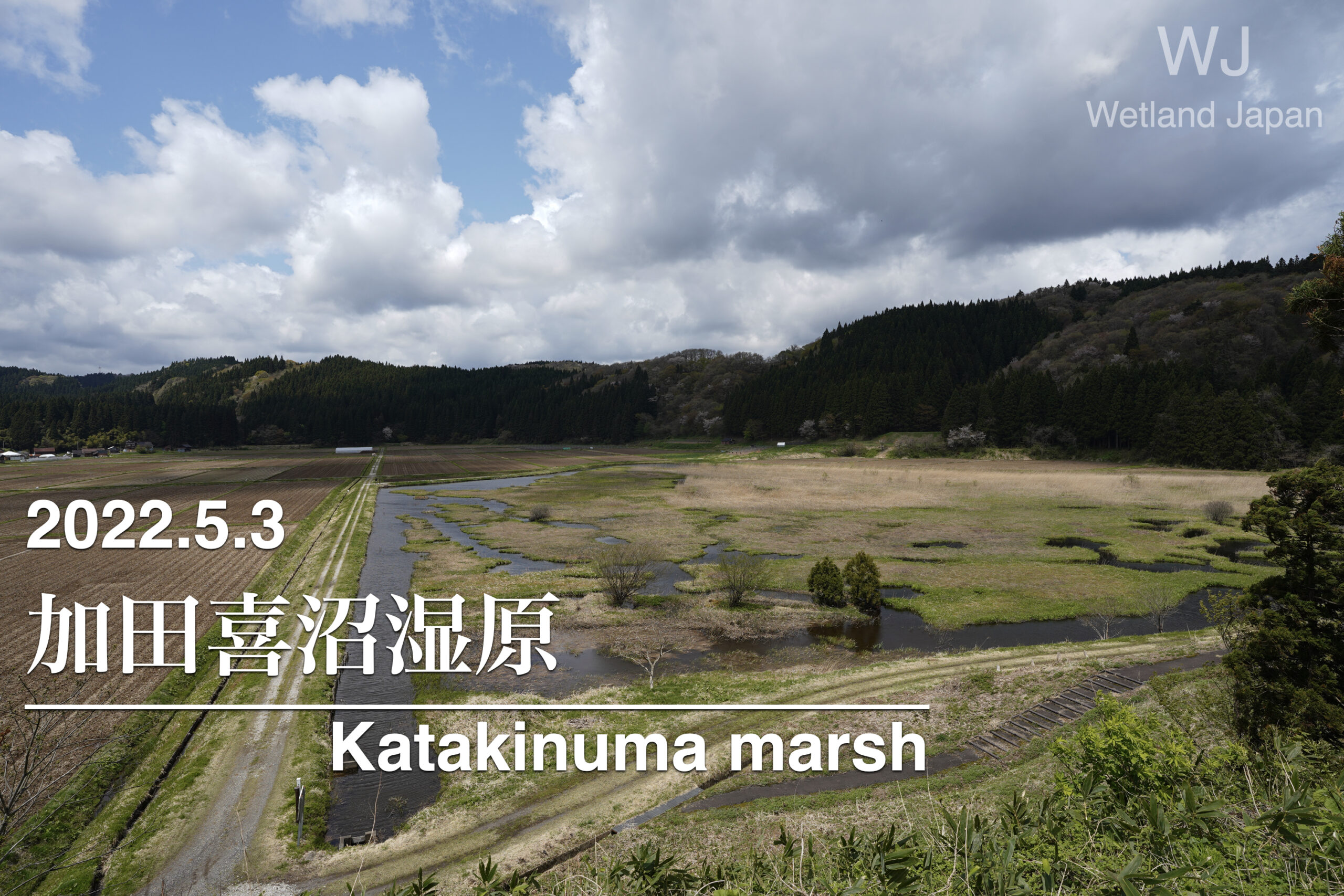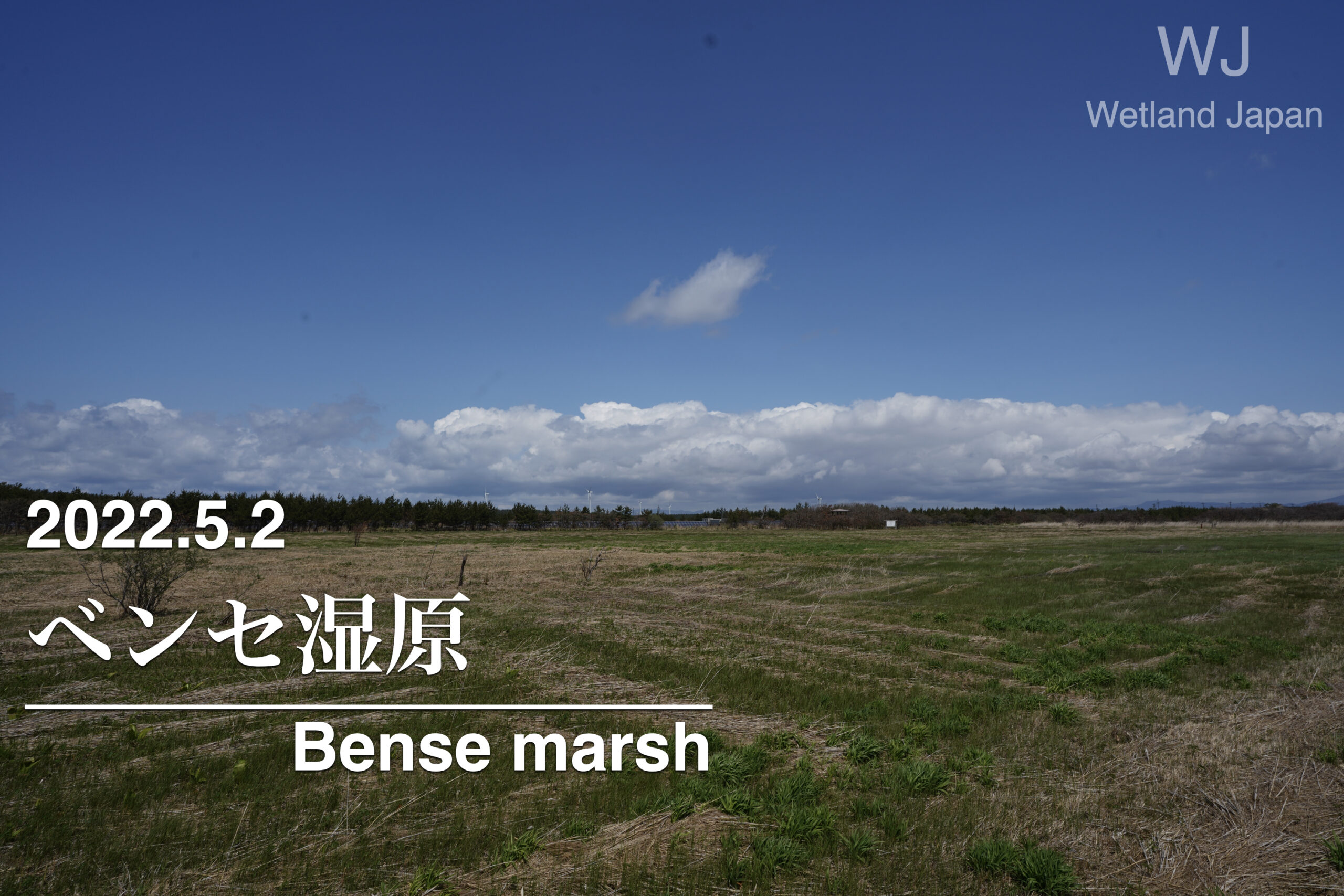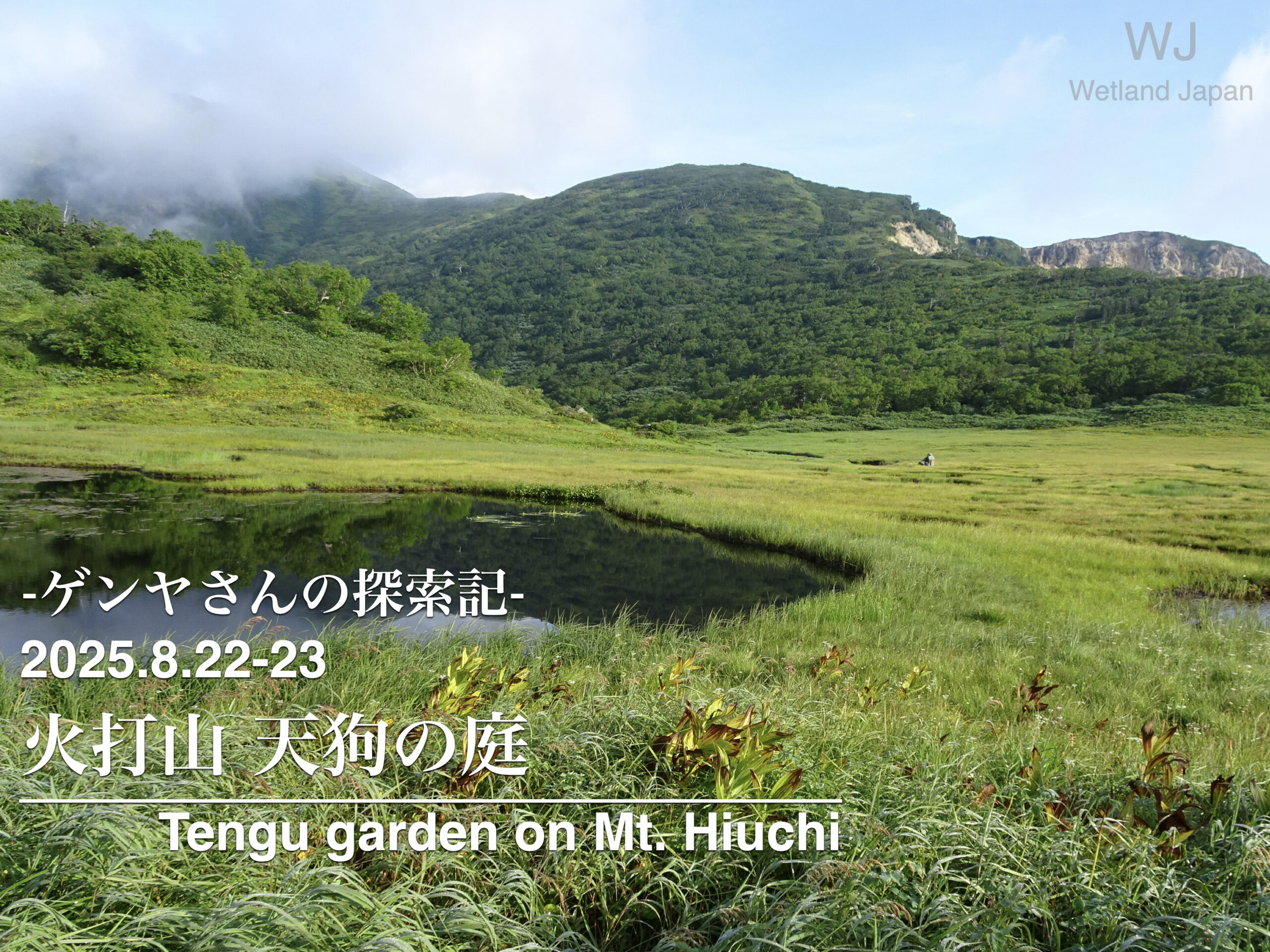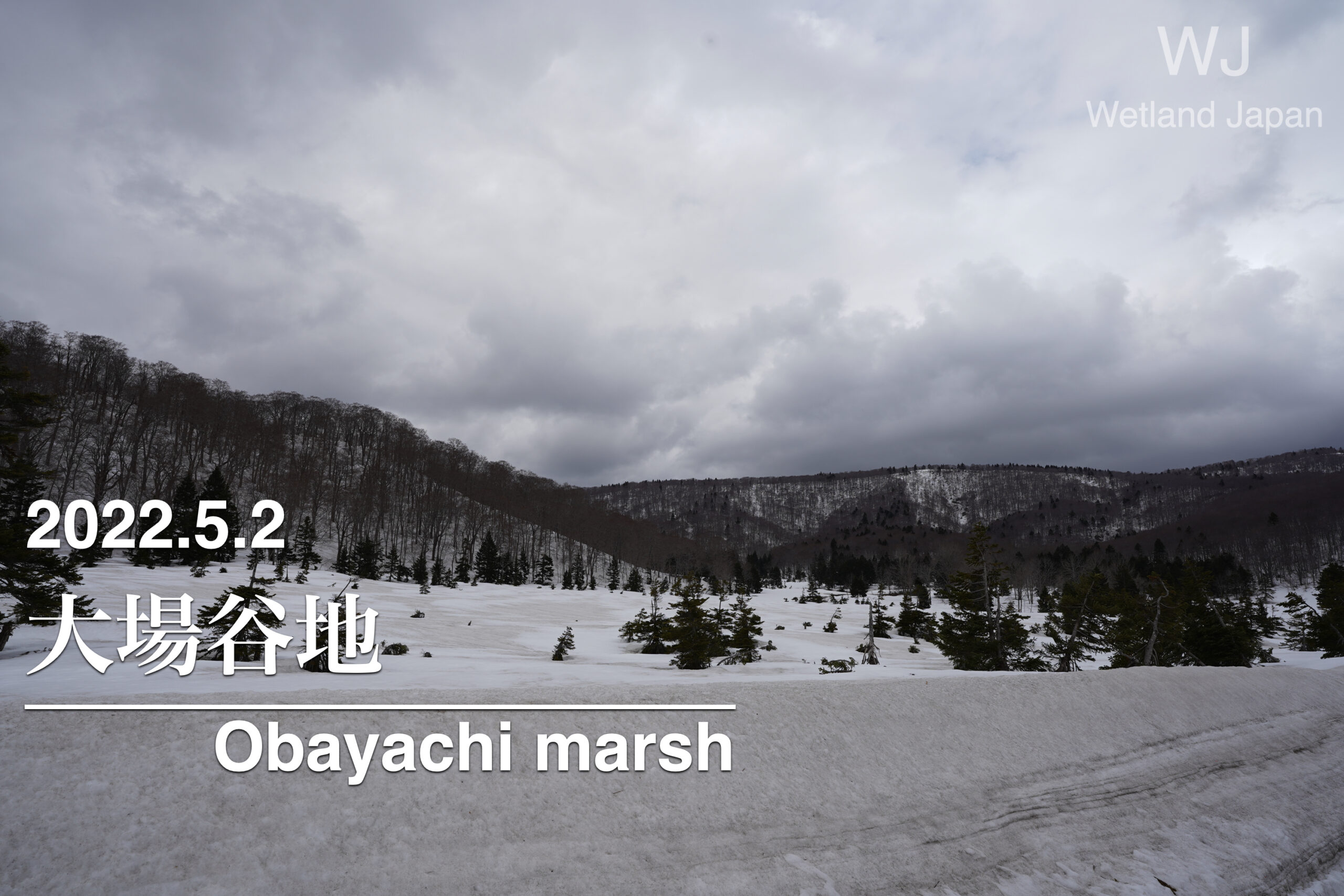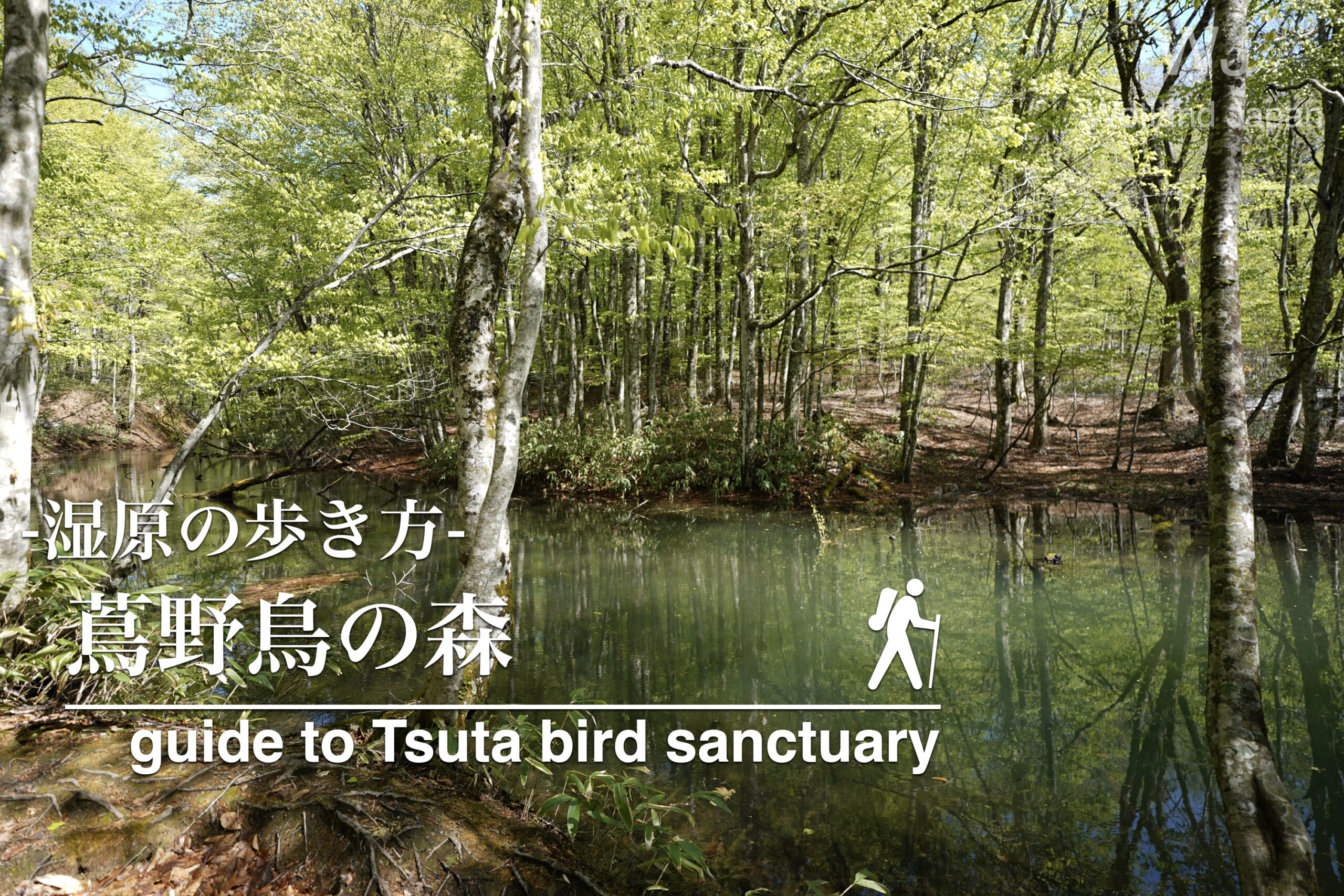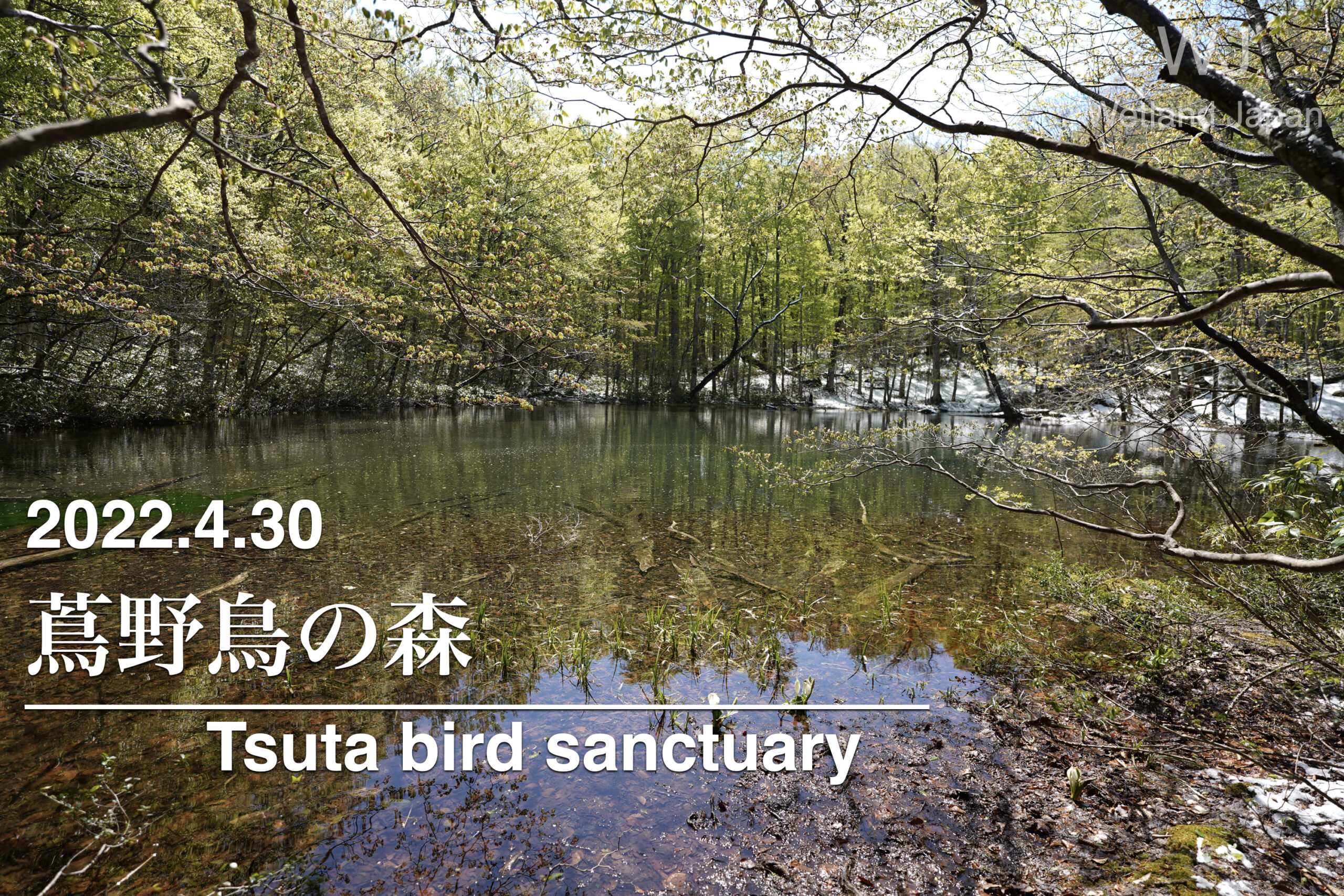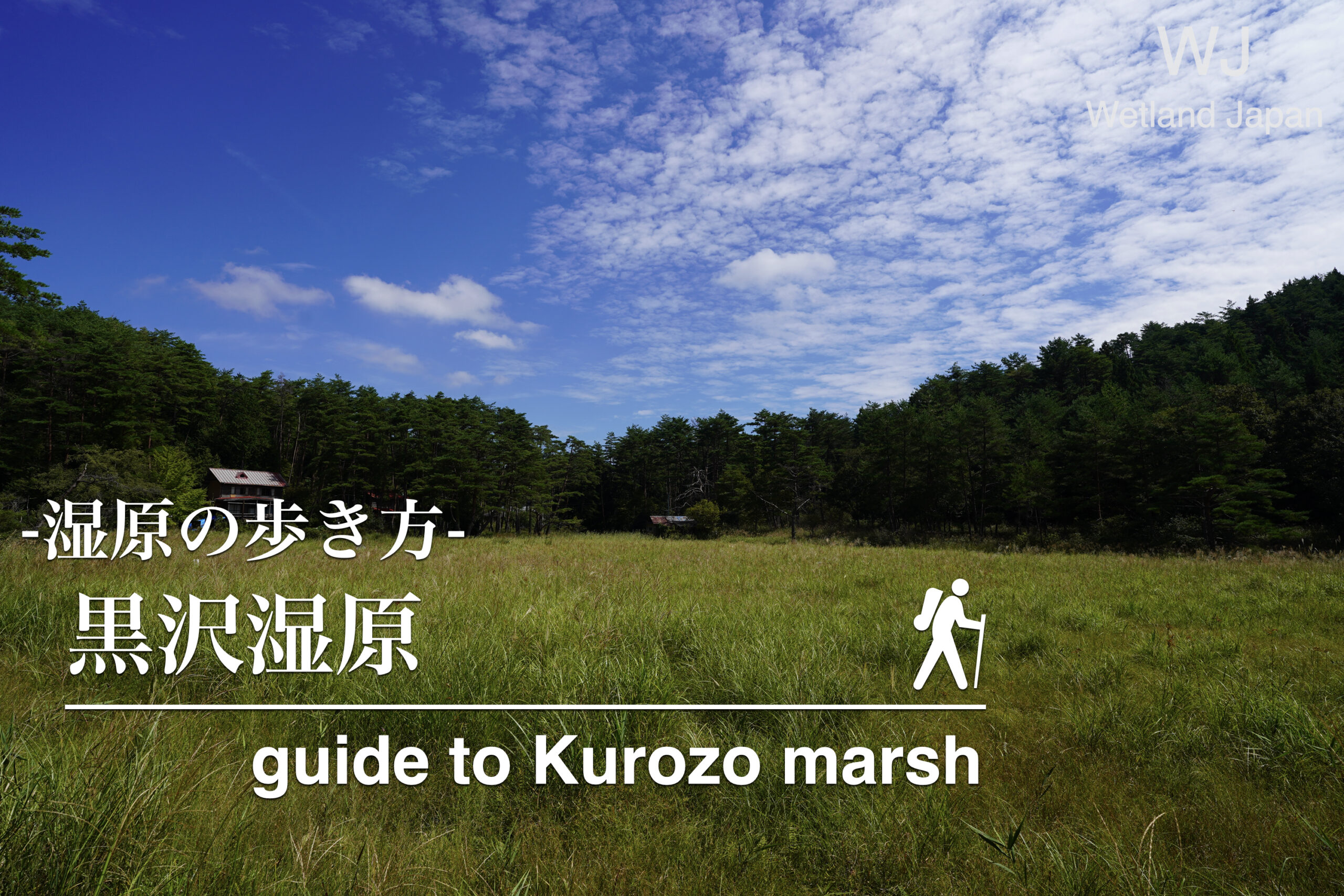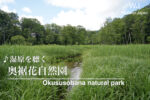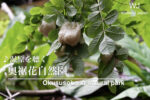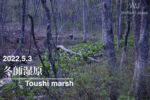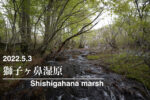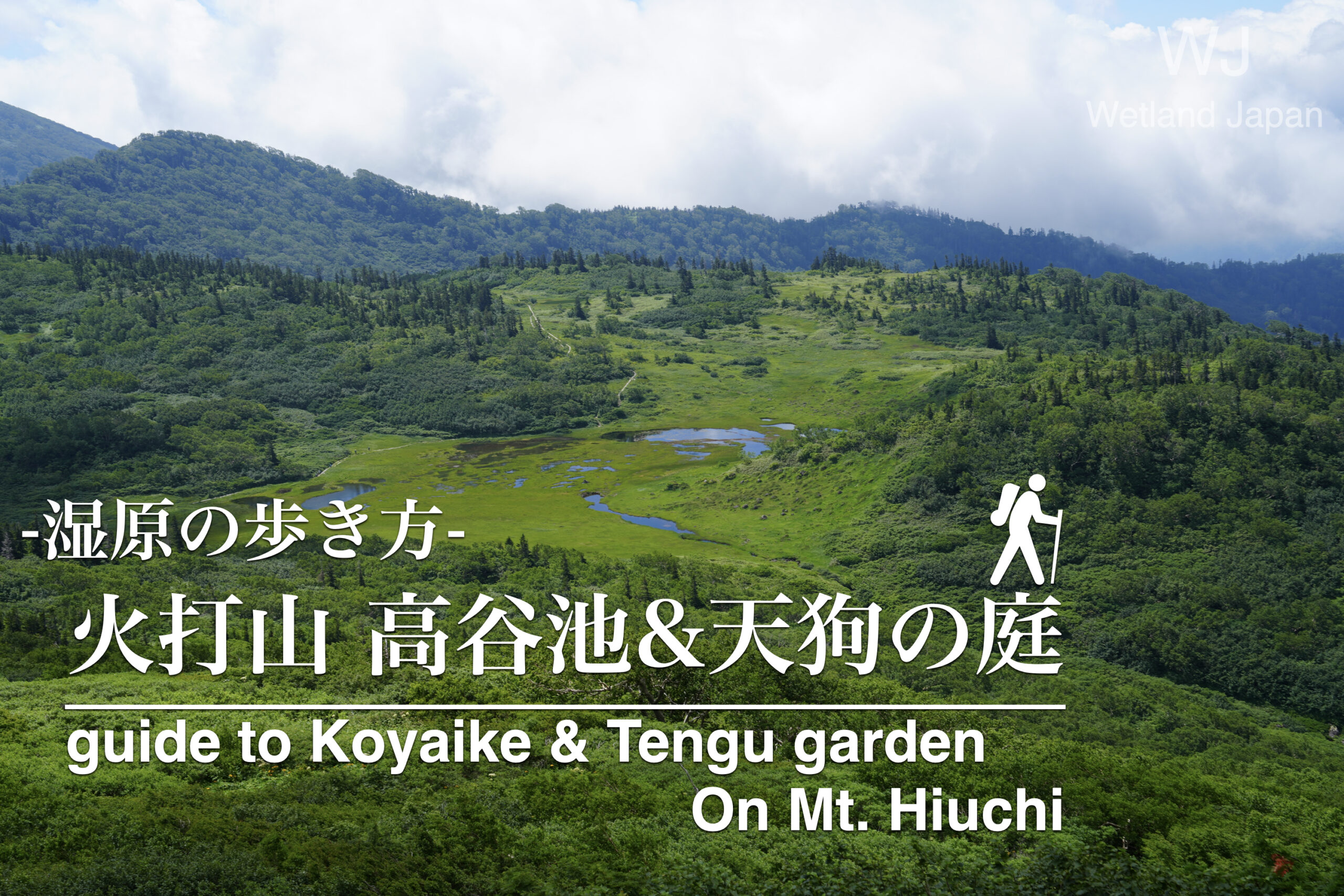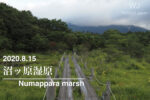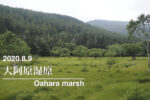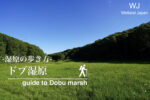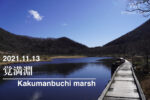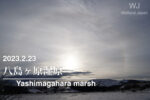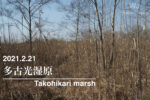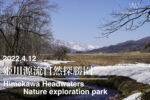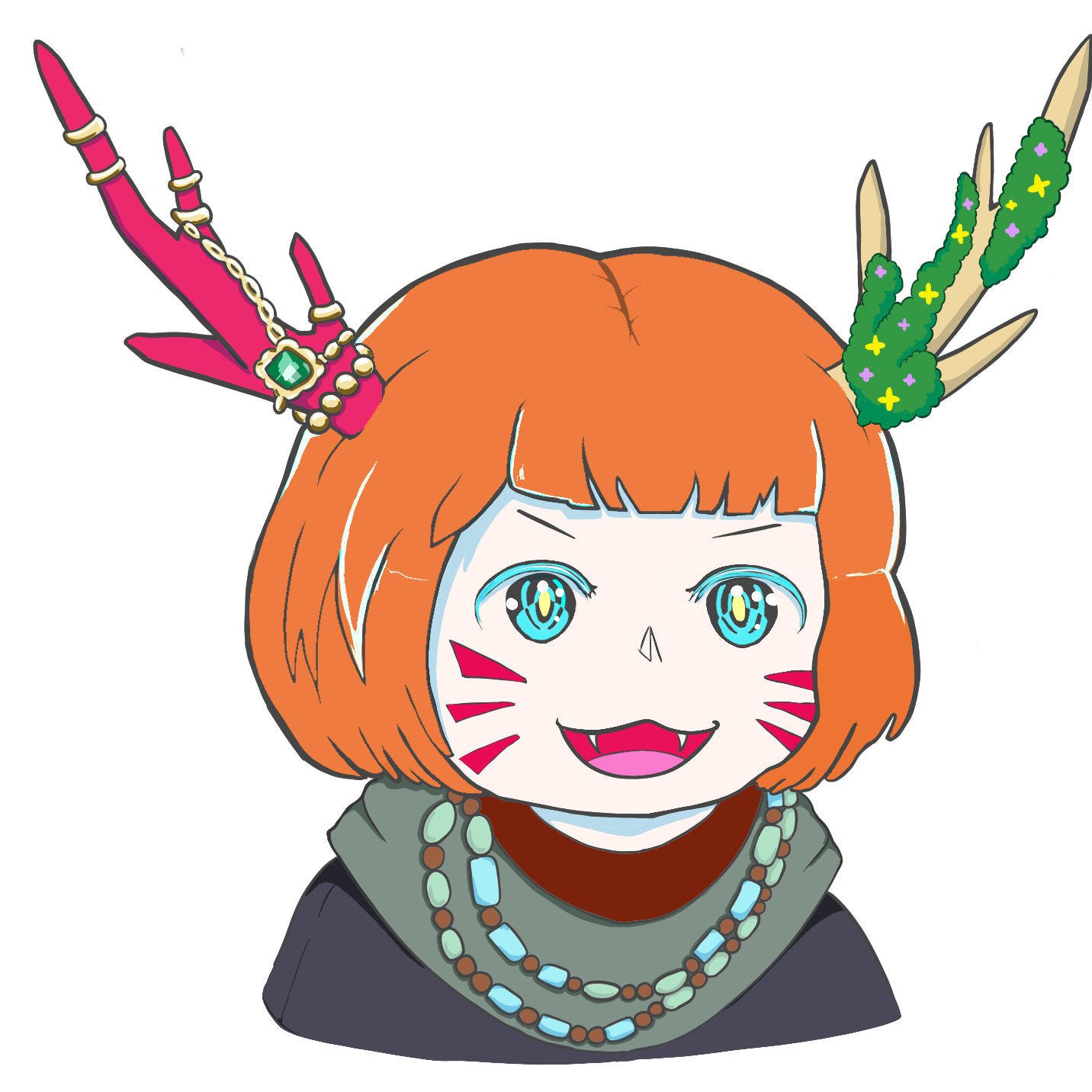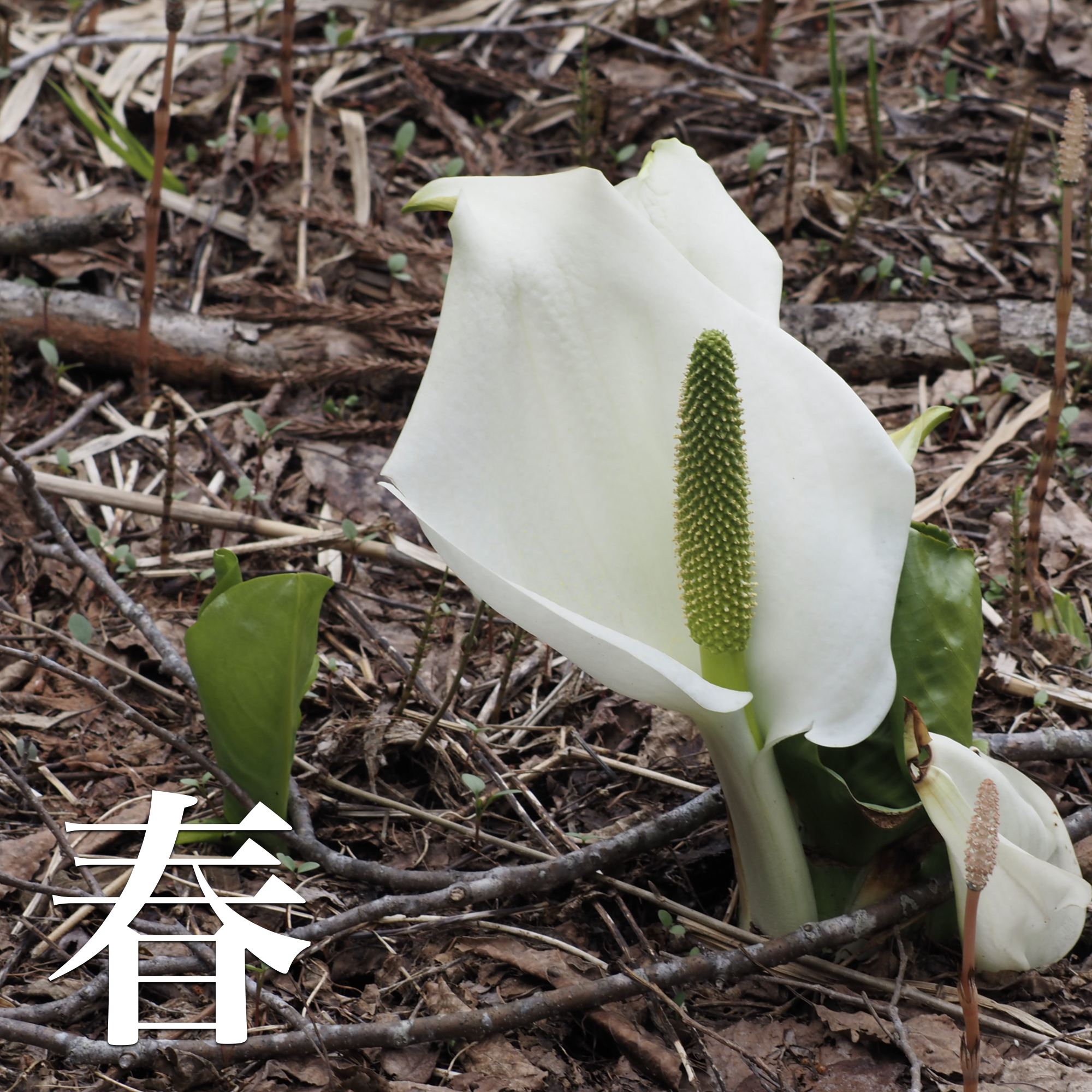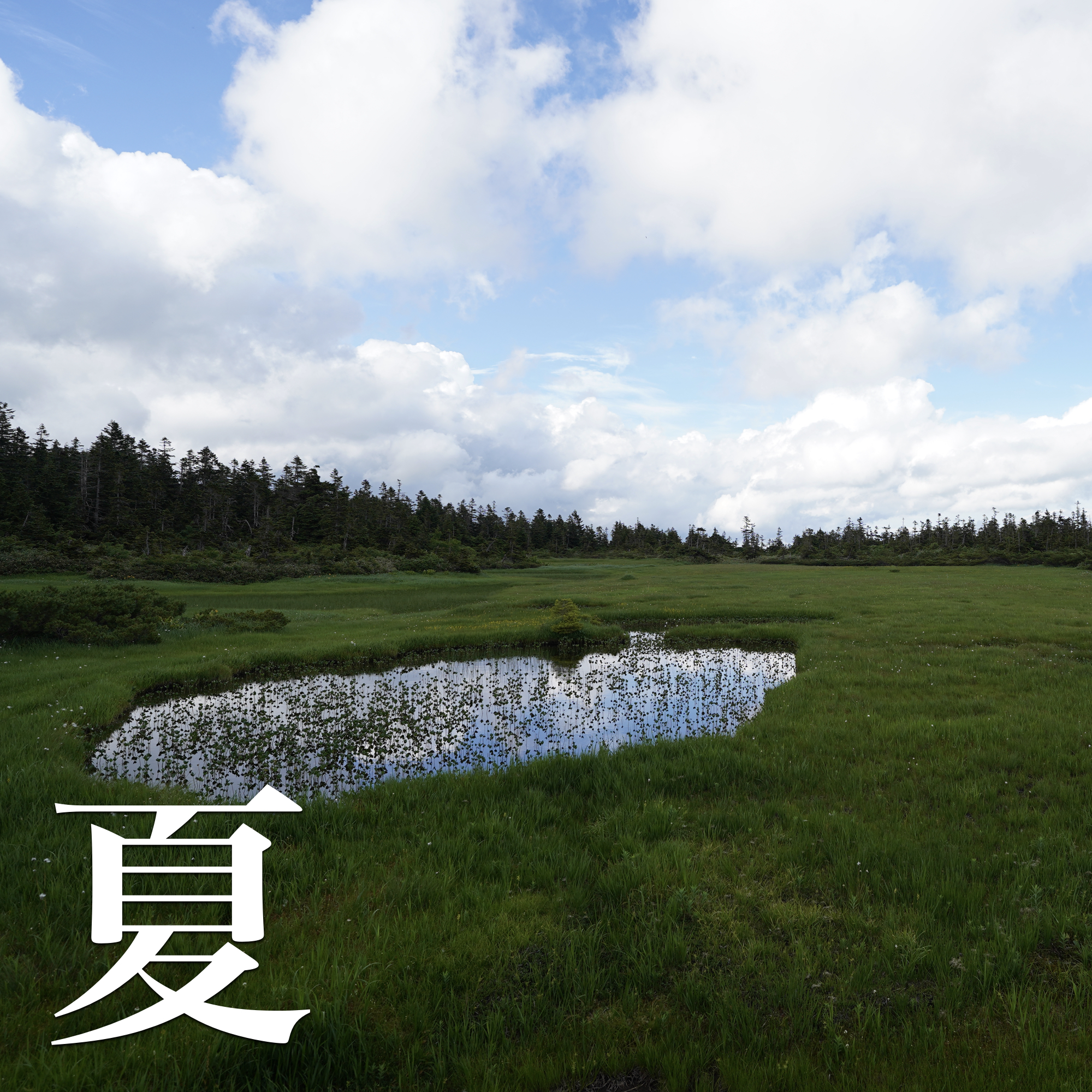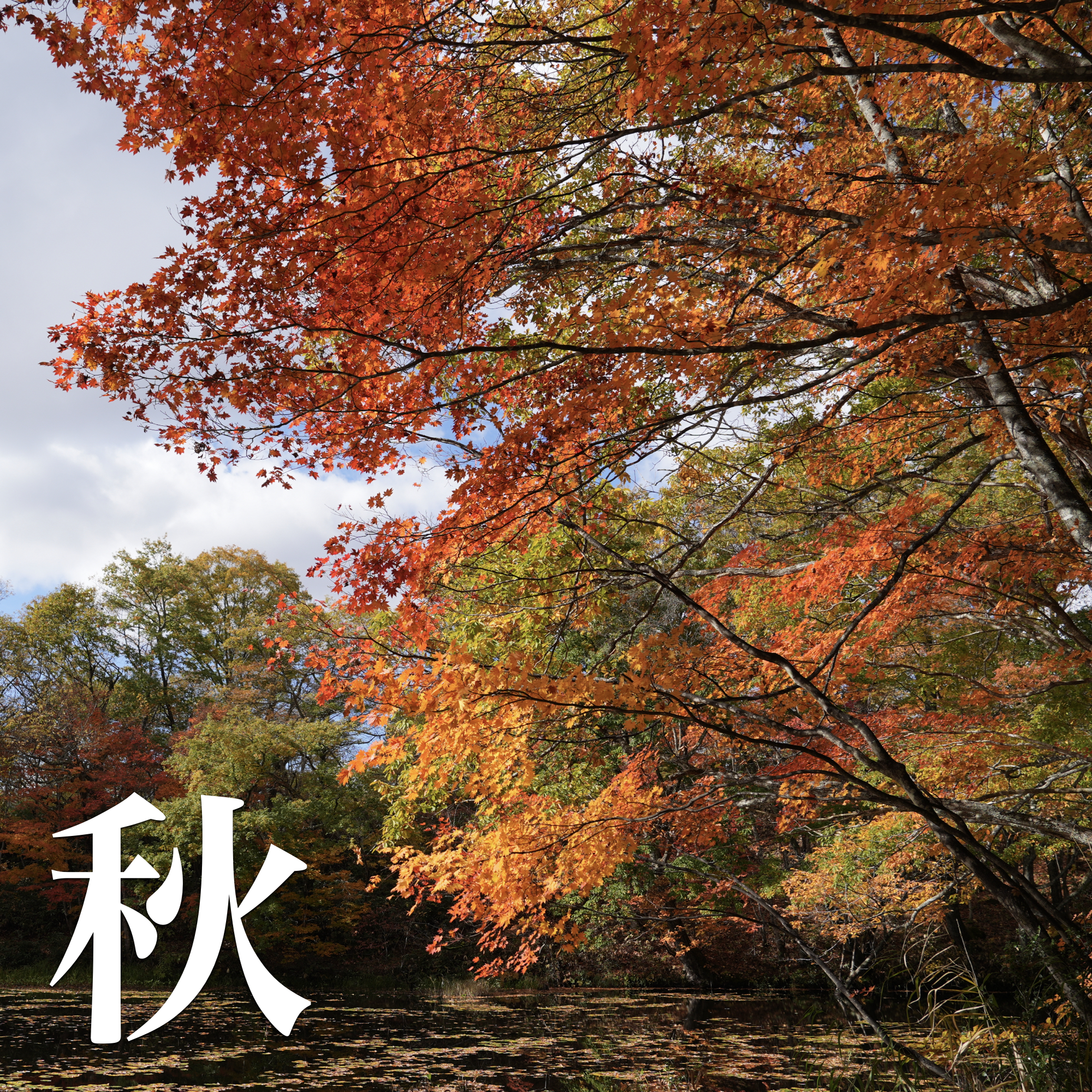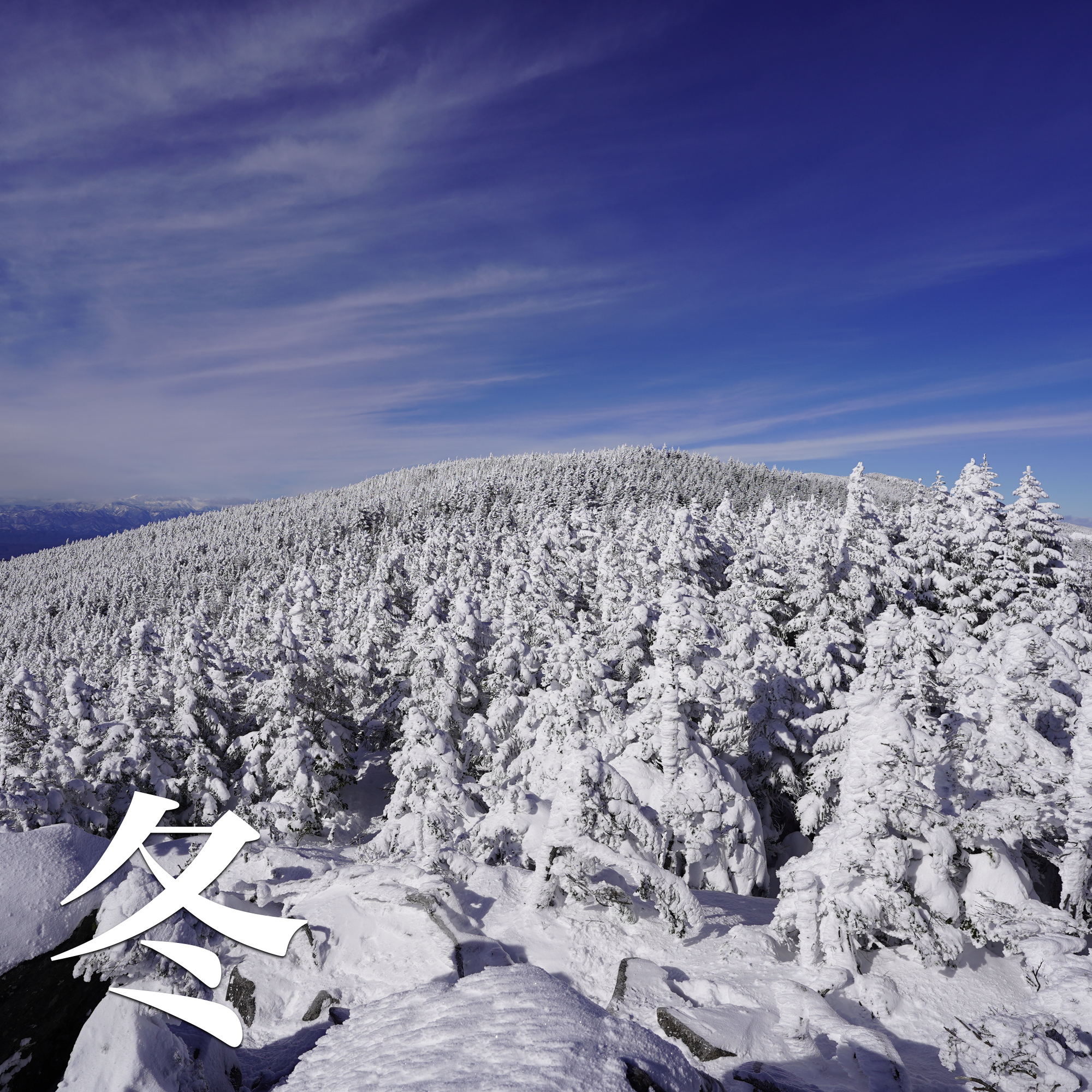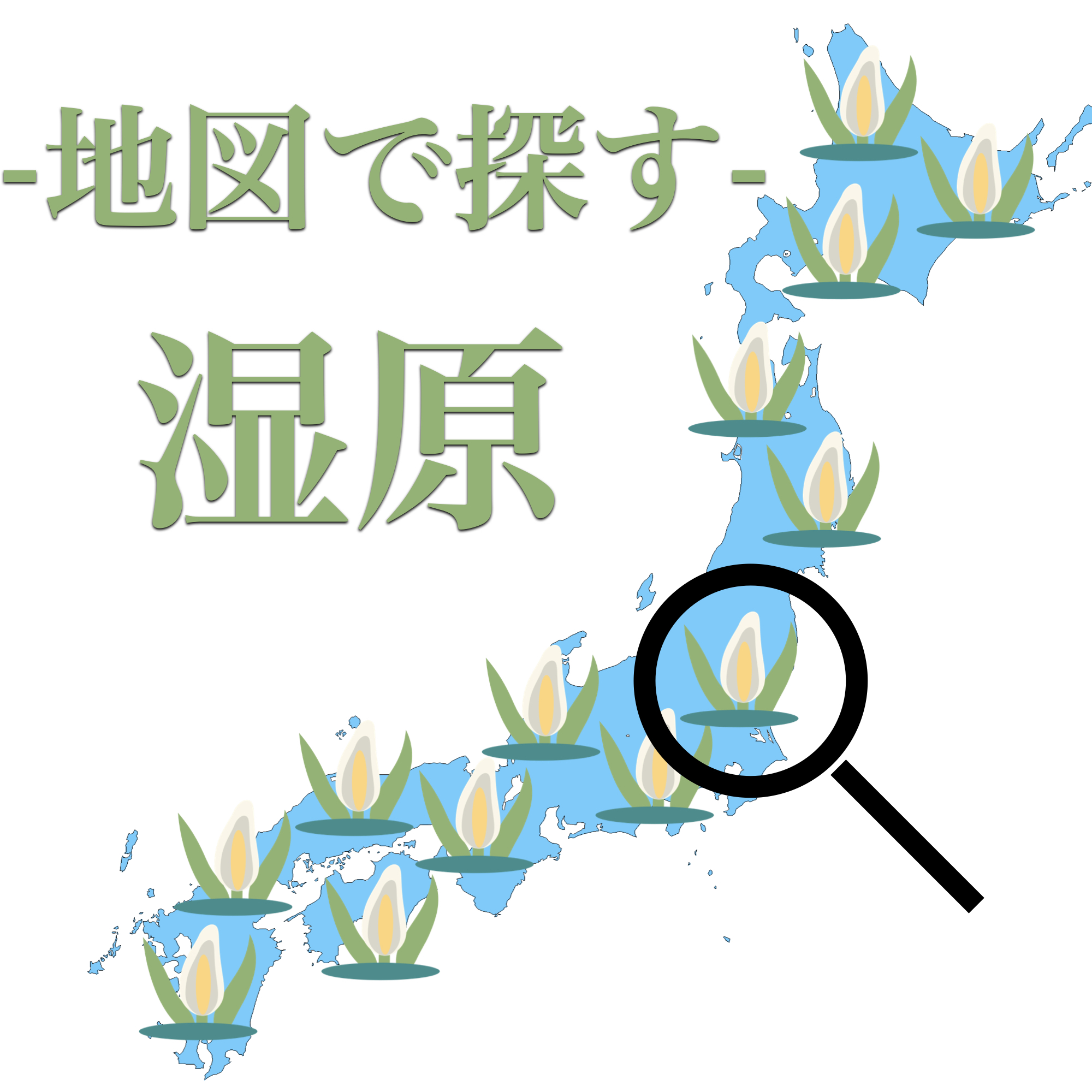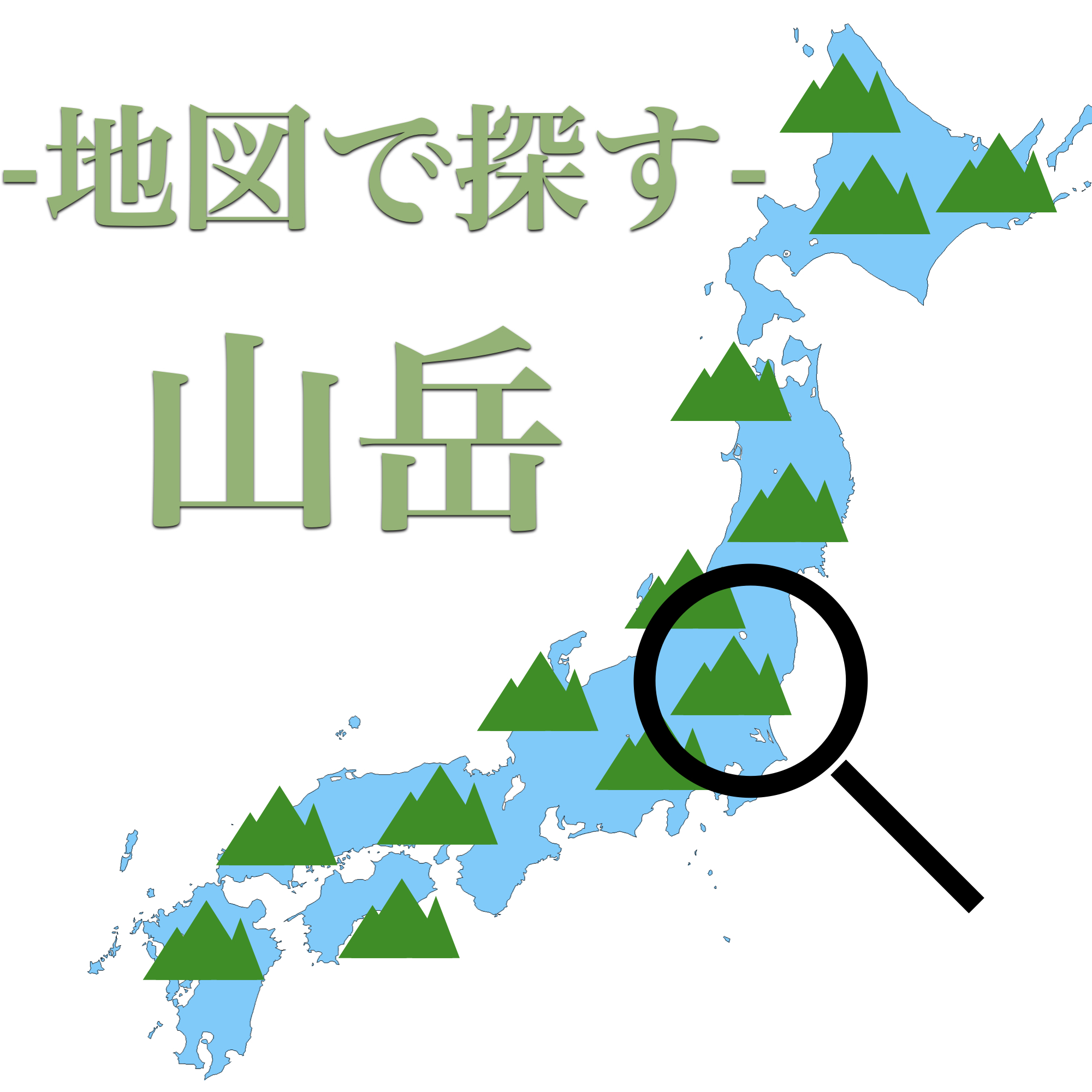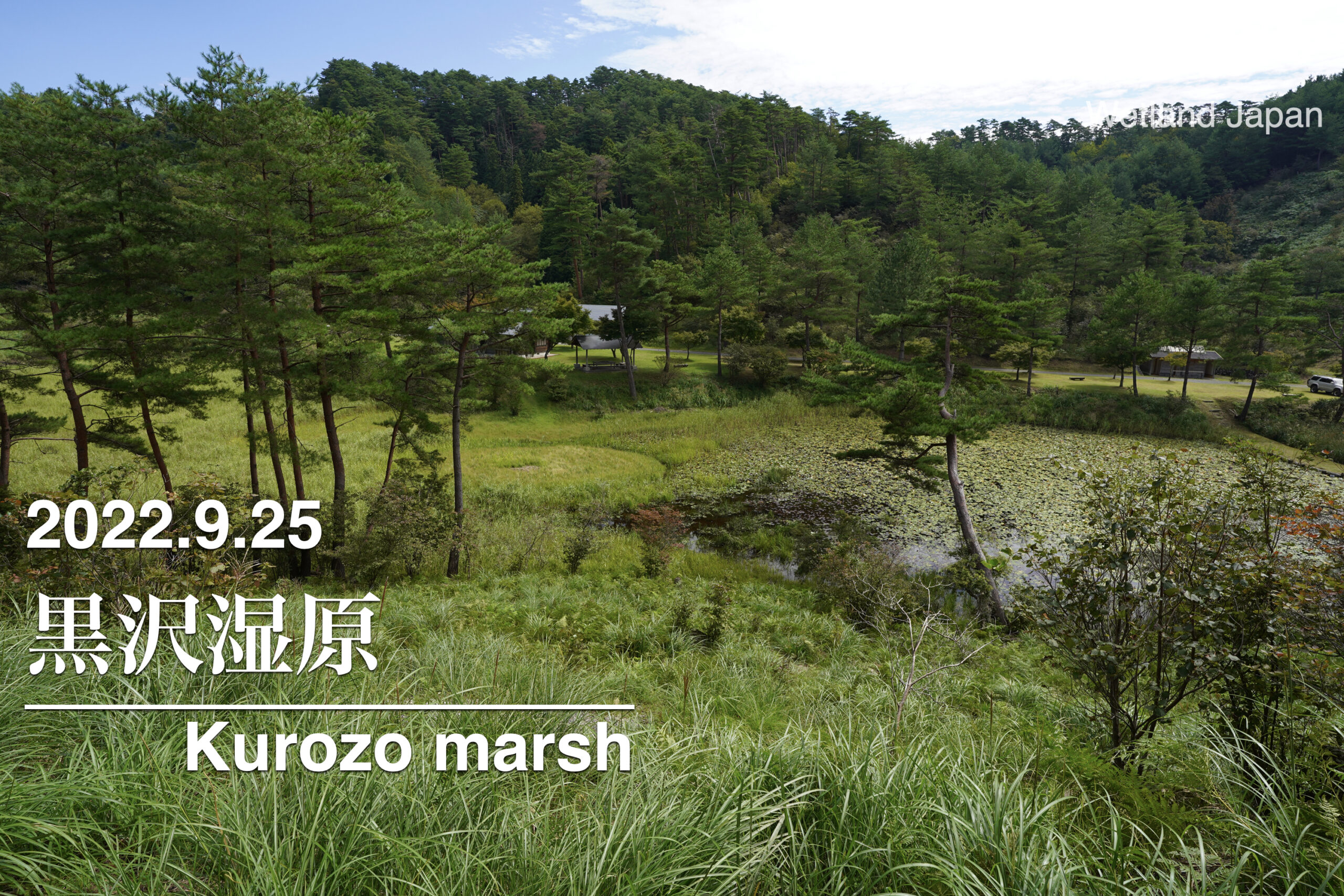
I visited Kurosawa Marsh in Tokushima Prefecture, Shikoku.
Kurosawa is often pronounced "Kurosawa," but it's actually pronounced "Kurozou."
It is the only wetland in Shikoku to be selected as one of Japan's 500 most important wetlands by the Ministry of the Environment, which shows its importance.
table of contents
search
The parking lot is very spacious.
Perhaps because it was not the season, there were only a few cars parked there.
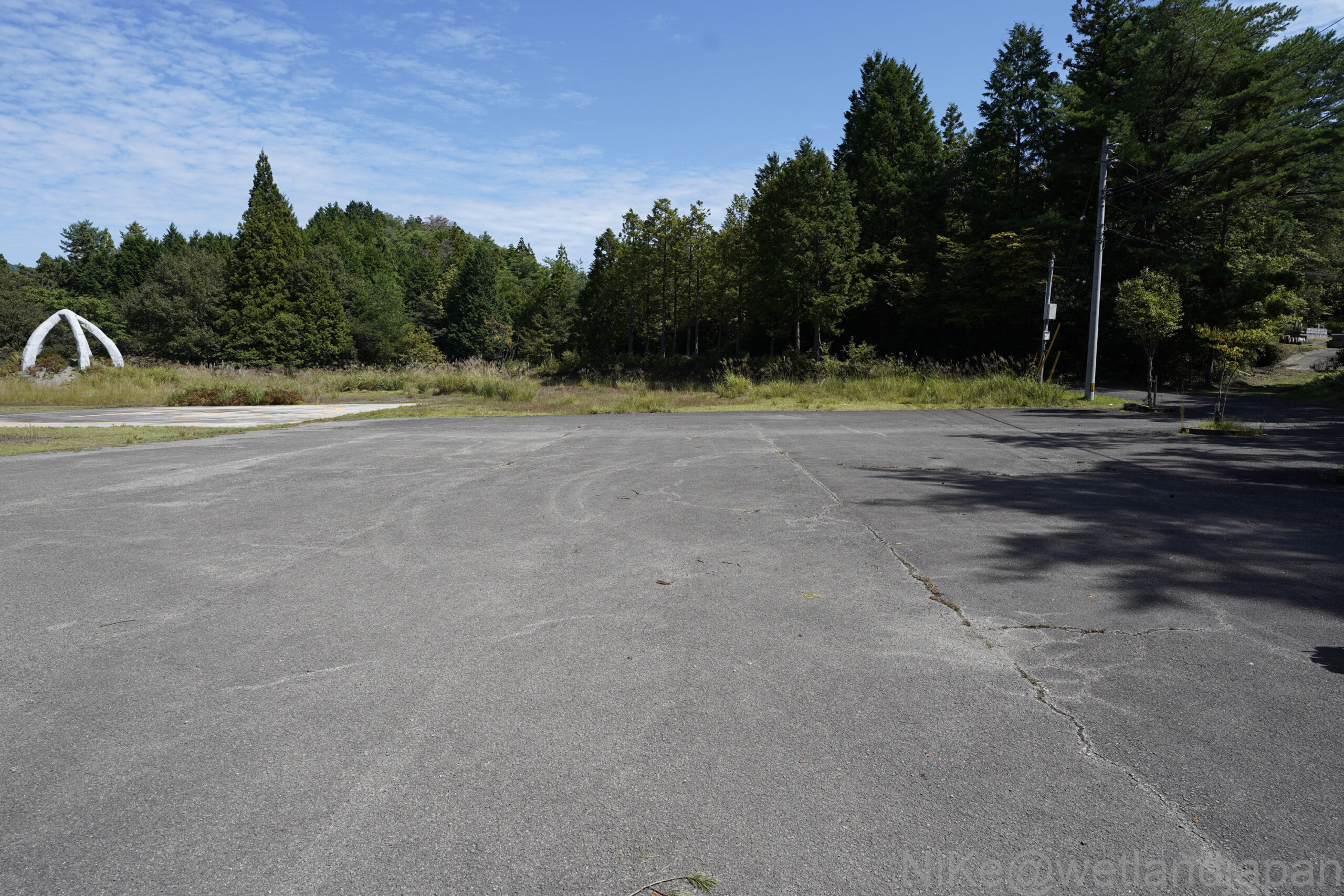
There is a pretty clean toilet.
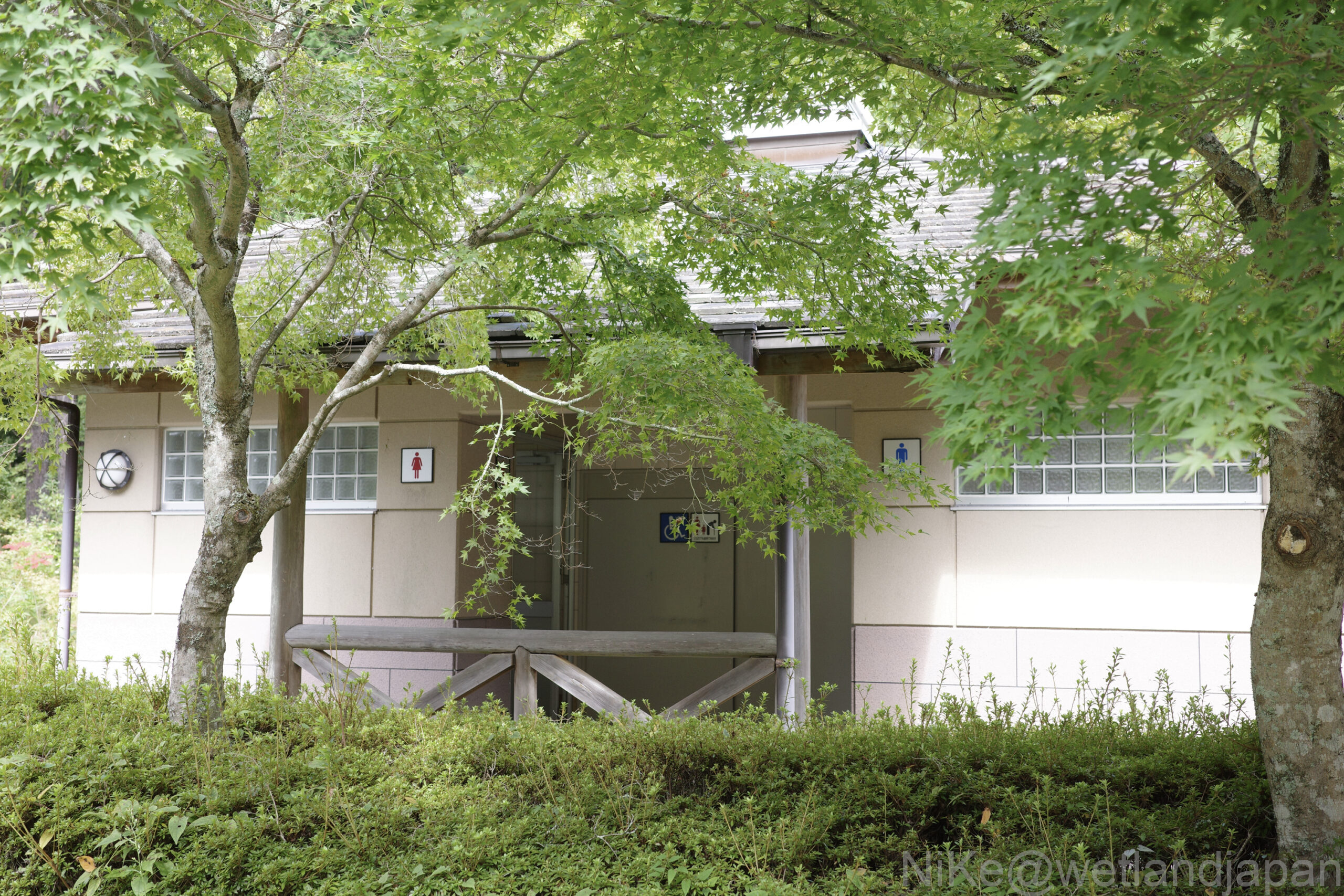
The road to the marsh.
The atmosphere of this forest is also very nice.
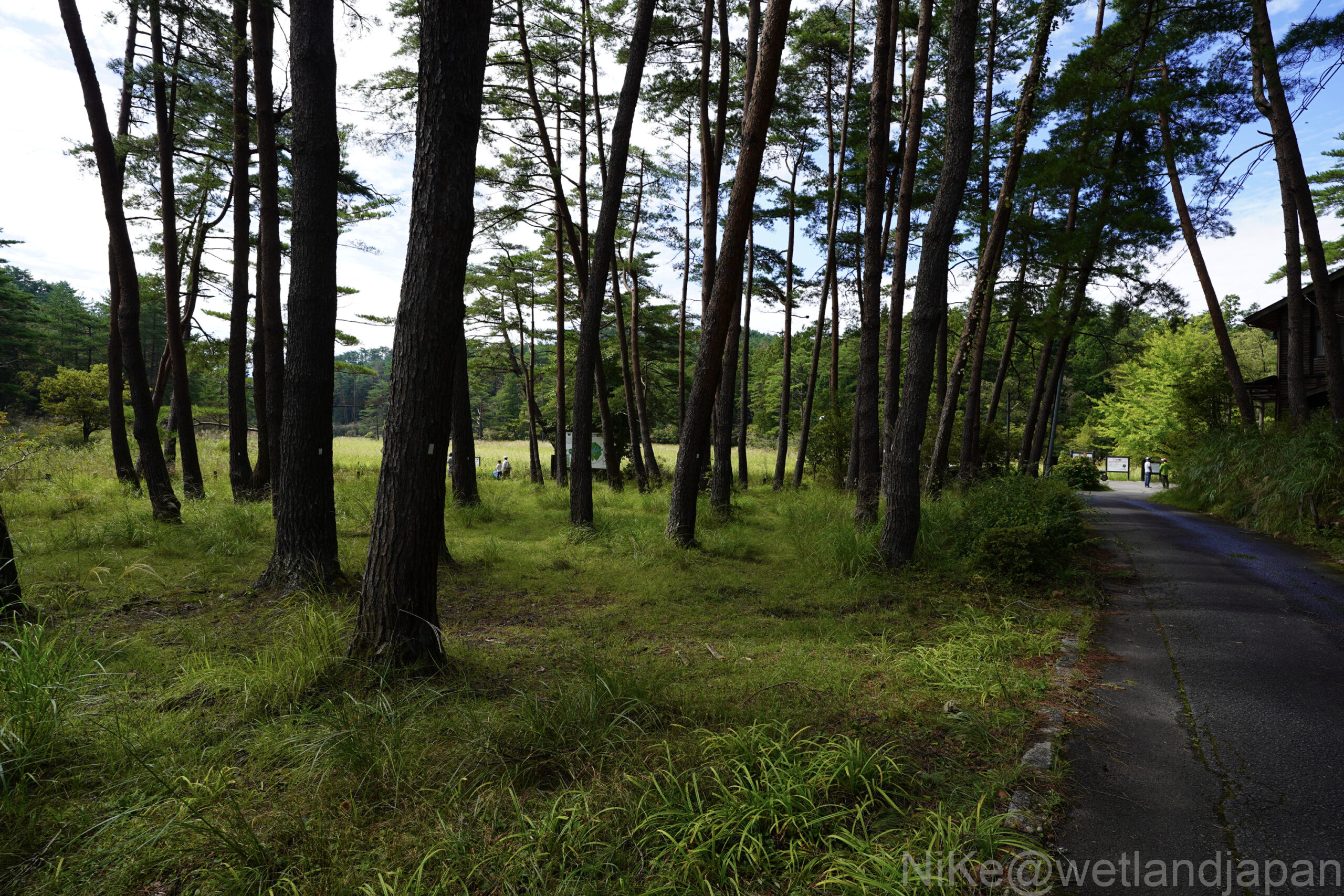
The overall picture looks like this.
The walkable area is large.
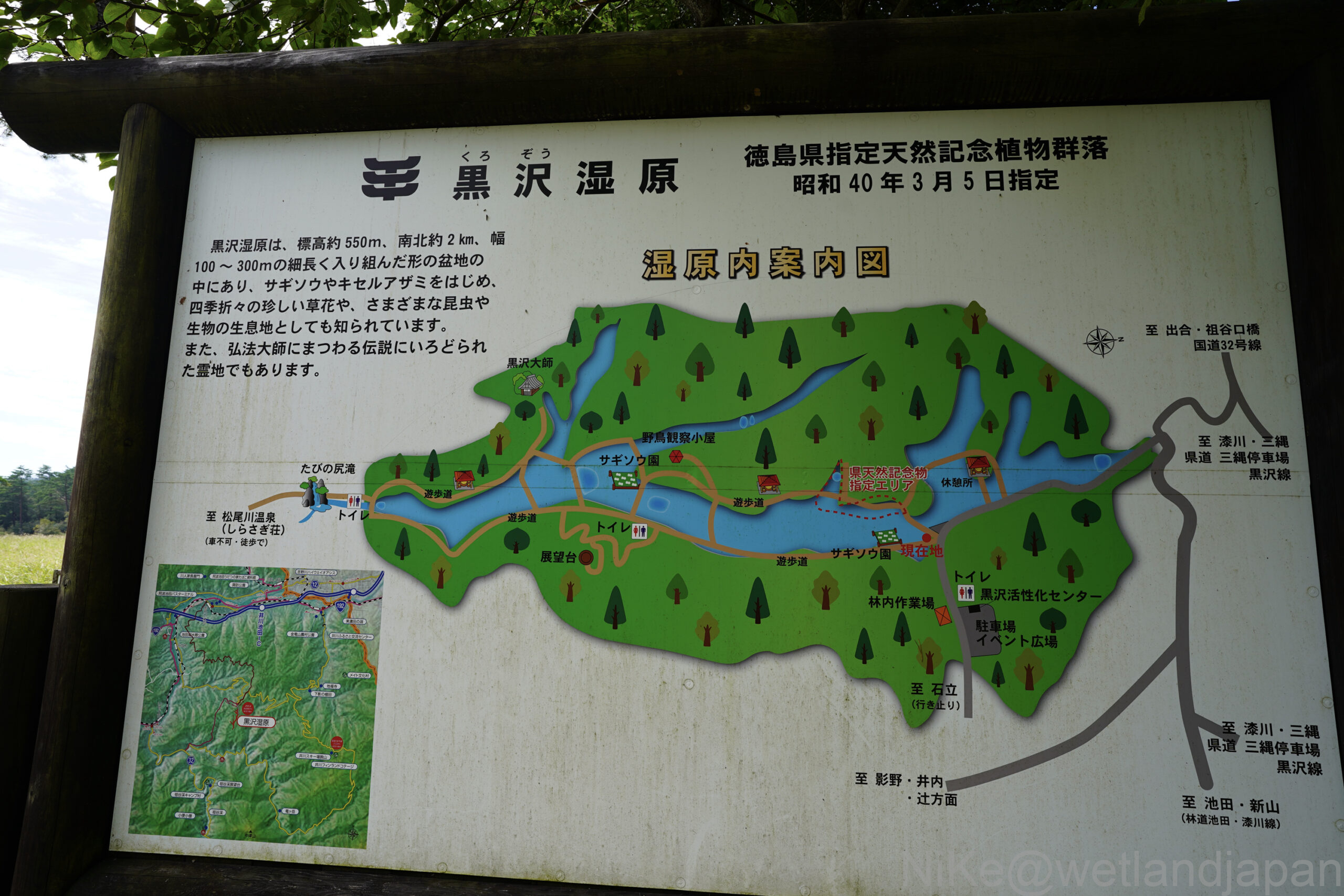
There is even a flower calendar available.
In September, you can apparently see plants such as pipe thistle.
Are the flowers in red popular?
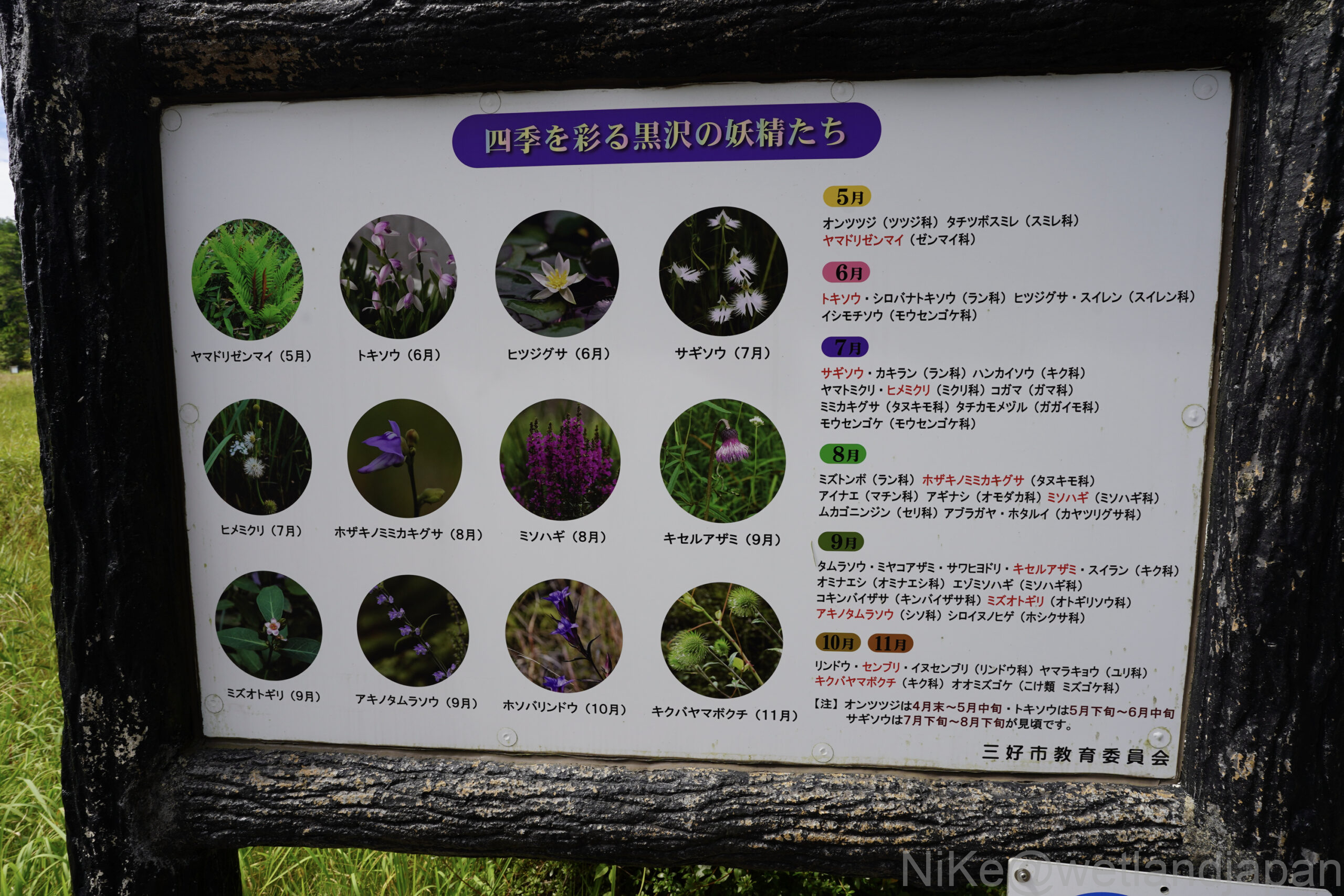
There is public Wi-Fi.
This is my first time seeing a marsh like this.
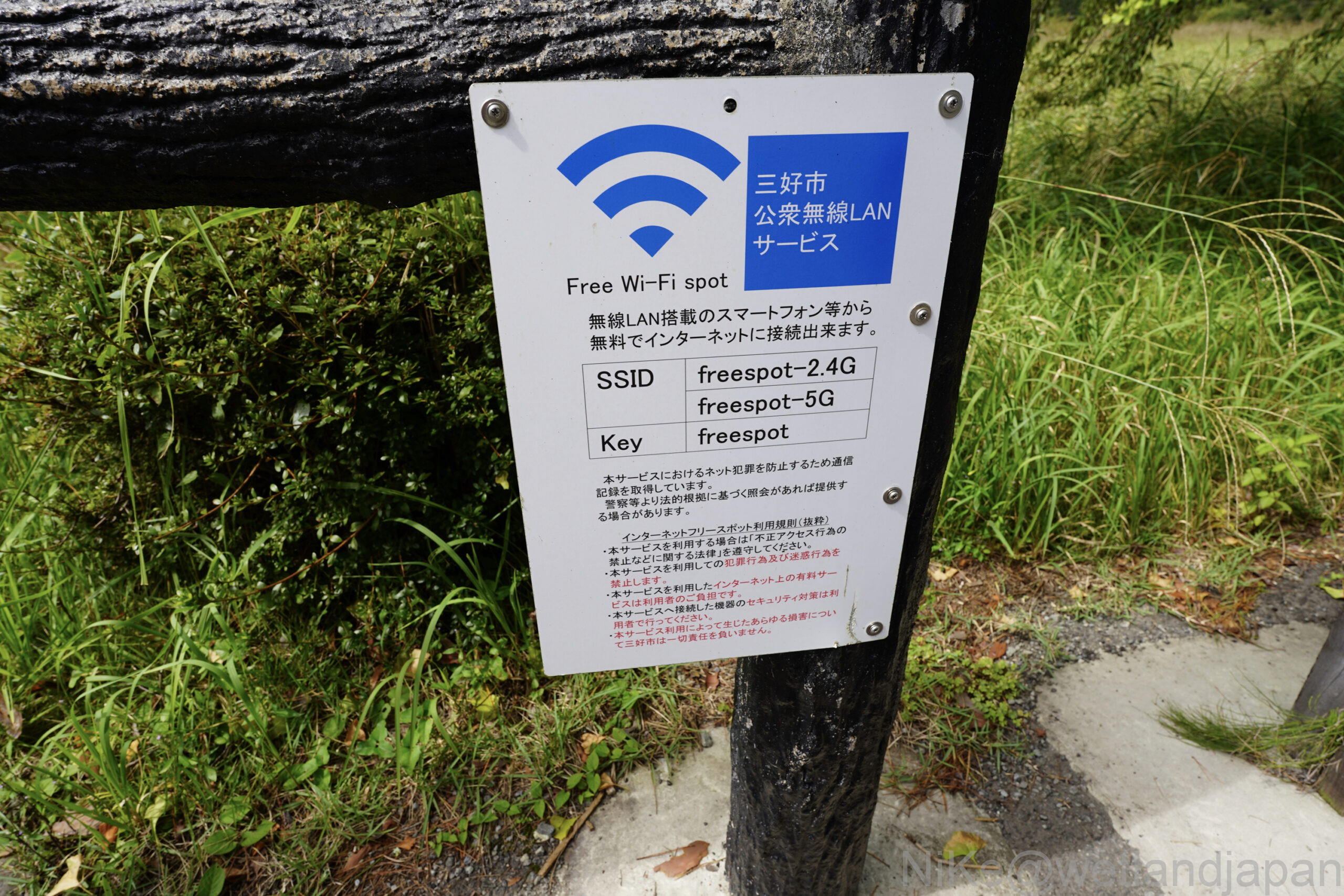
Proceeding into the marsh.
The blue sky and greenery create a marsh-like atmosphere.
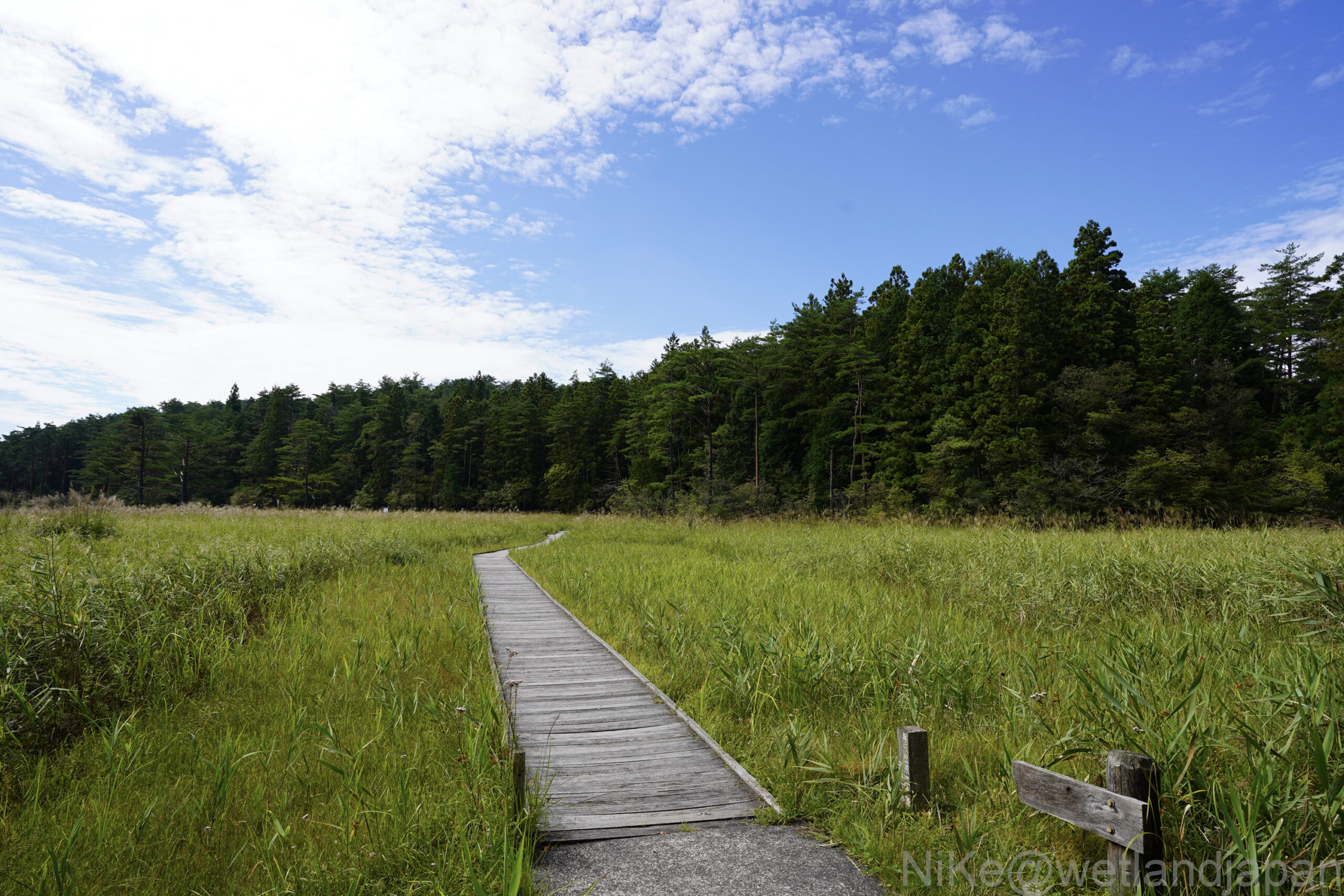
Very abundant water.
Why did such a wetland form in Shikoku, where water is scarce?
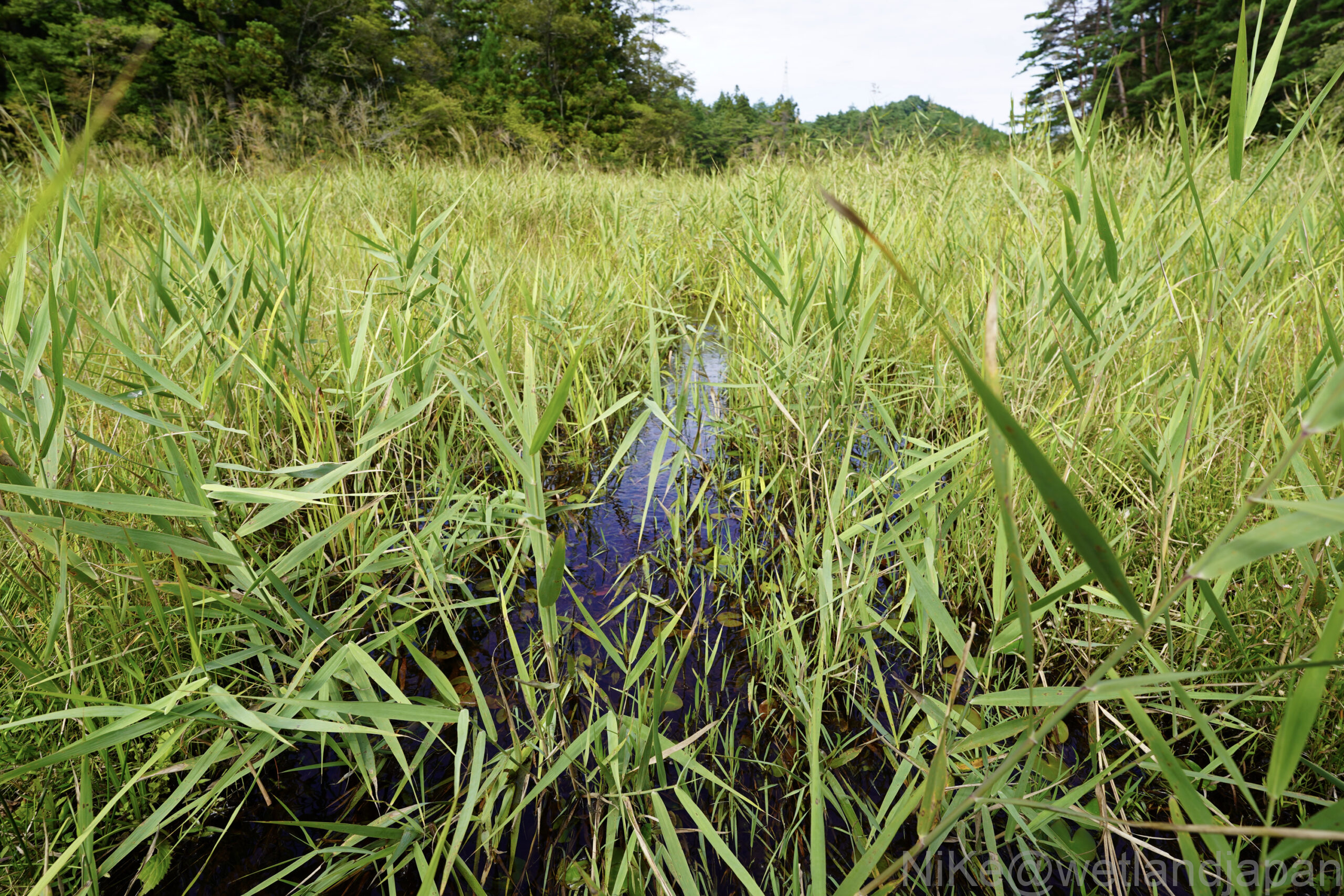
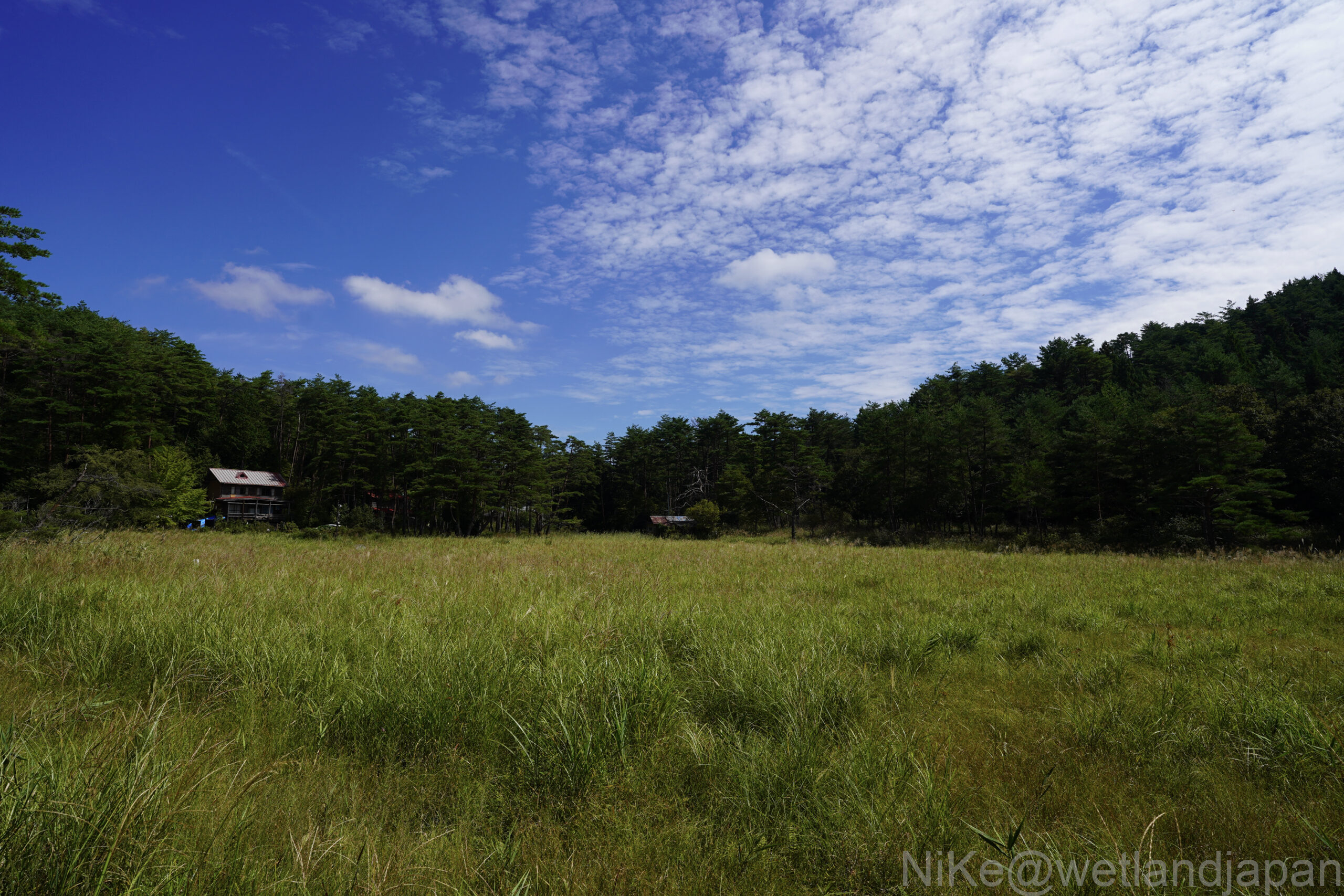
Bird watching hut.
It is located on a small hill.

A view of the marshland from the bird hut.
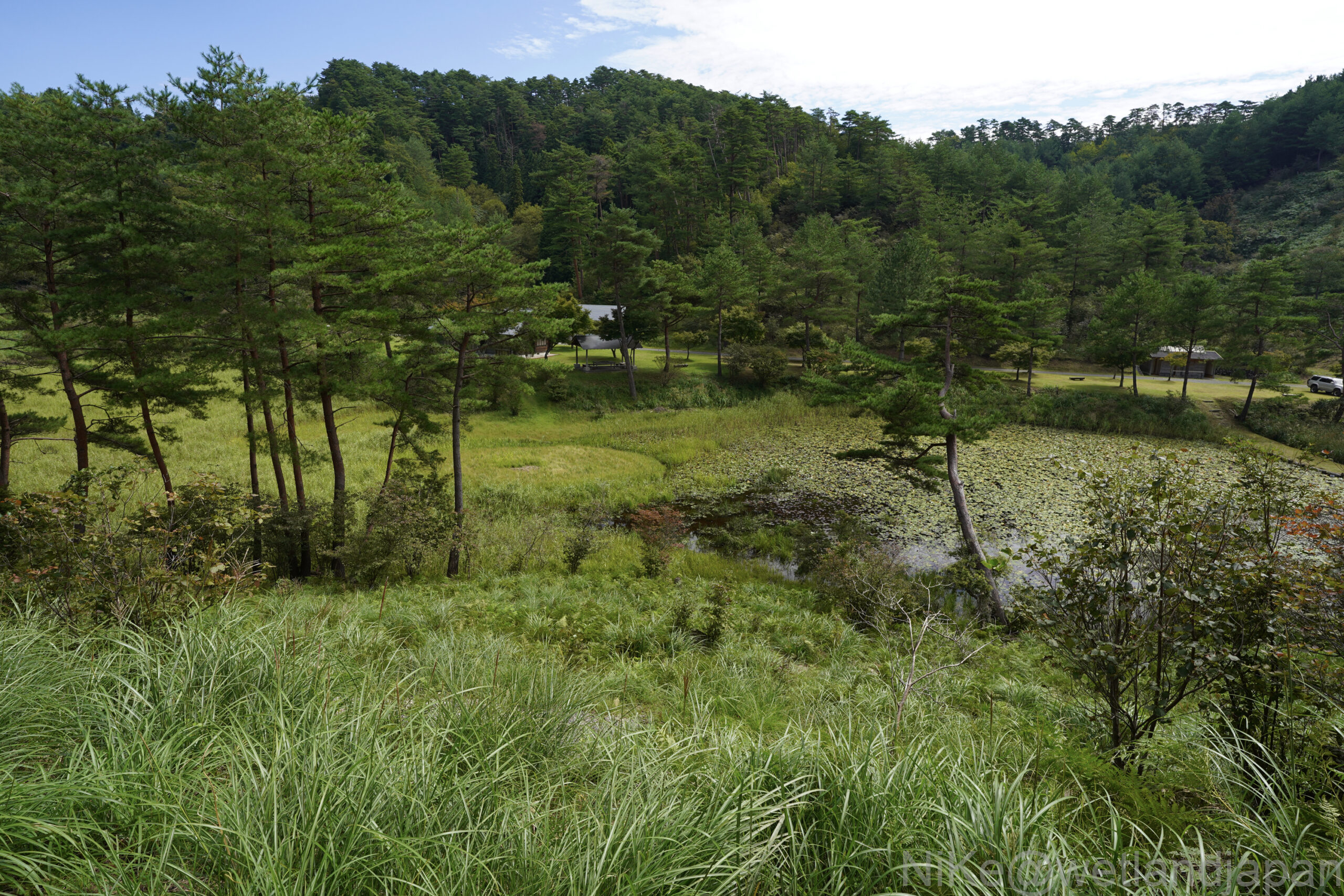
There are many beautiful landscapes, and it's fun just to take a walk.

Water permeates the entire marsh.
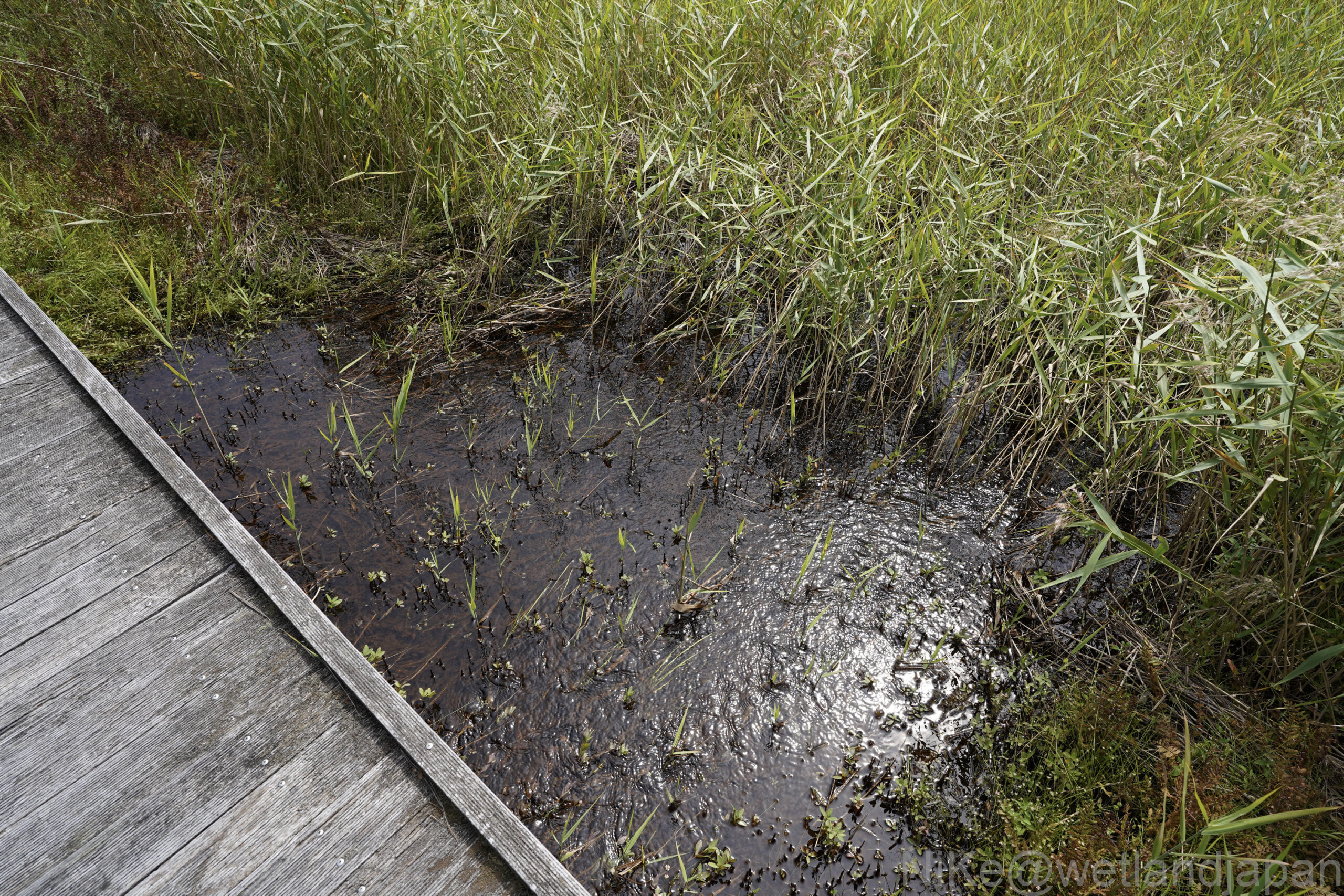
Pipe thistle.
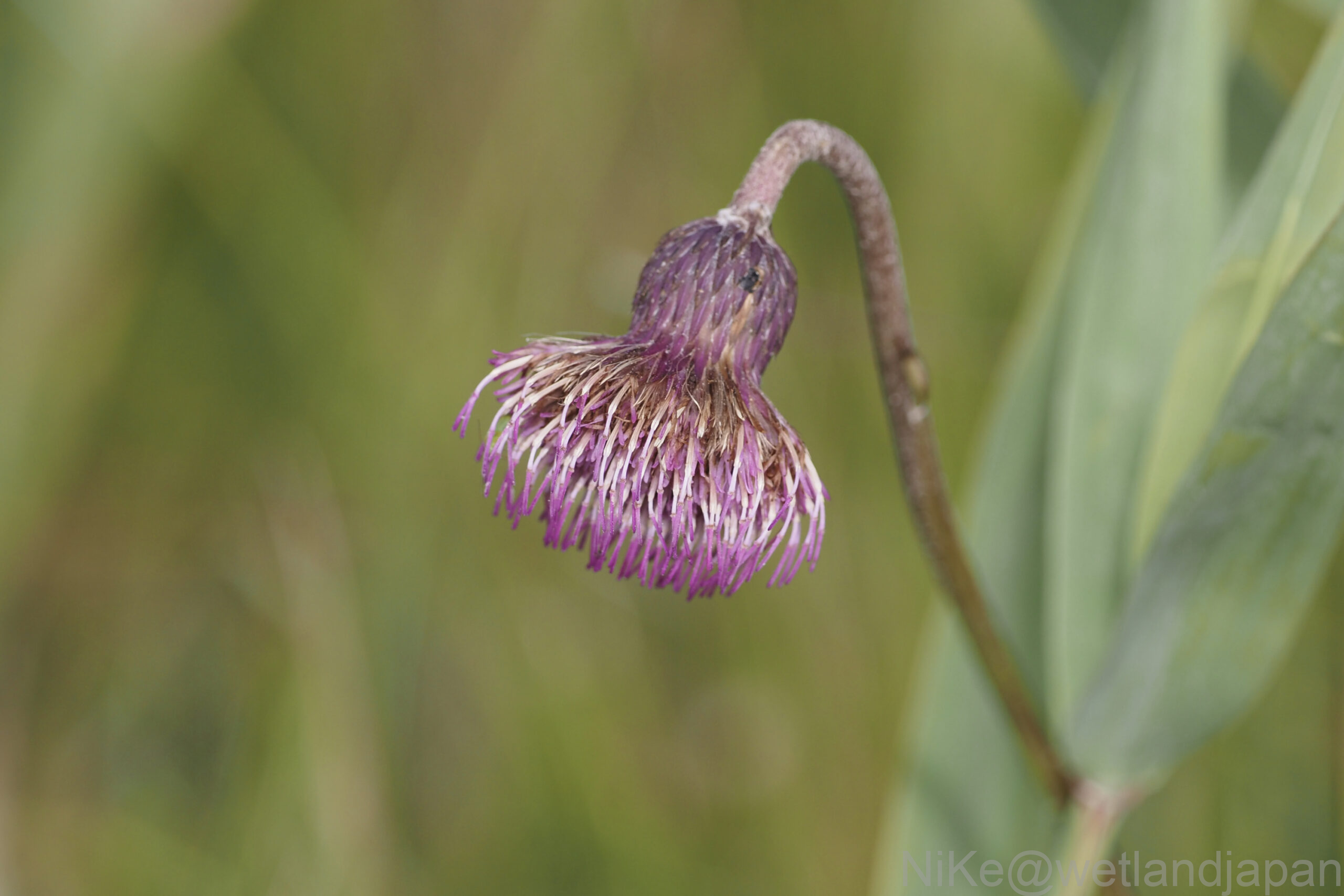
Arabidopsis thaliana?
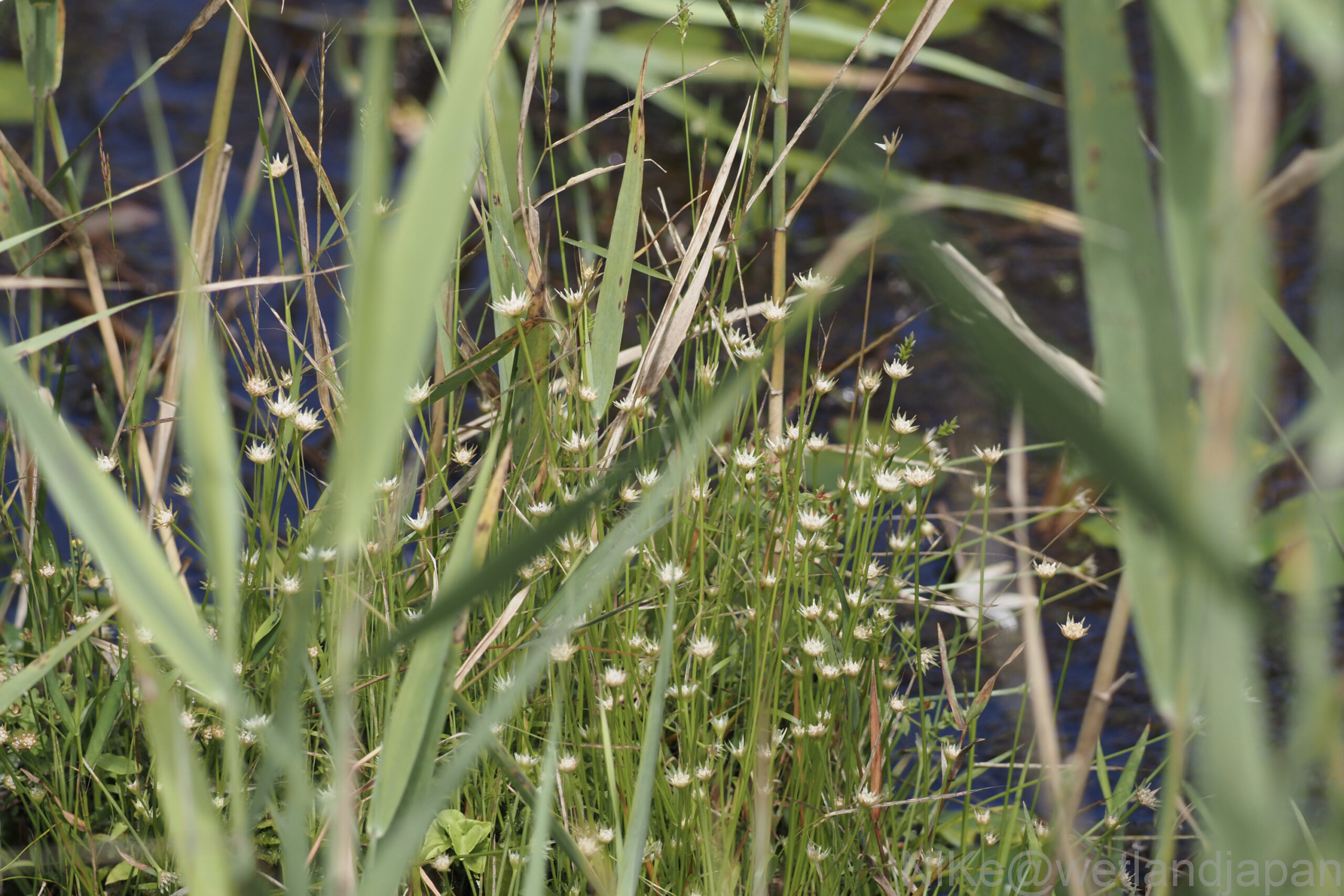
Sheep sorrel.
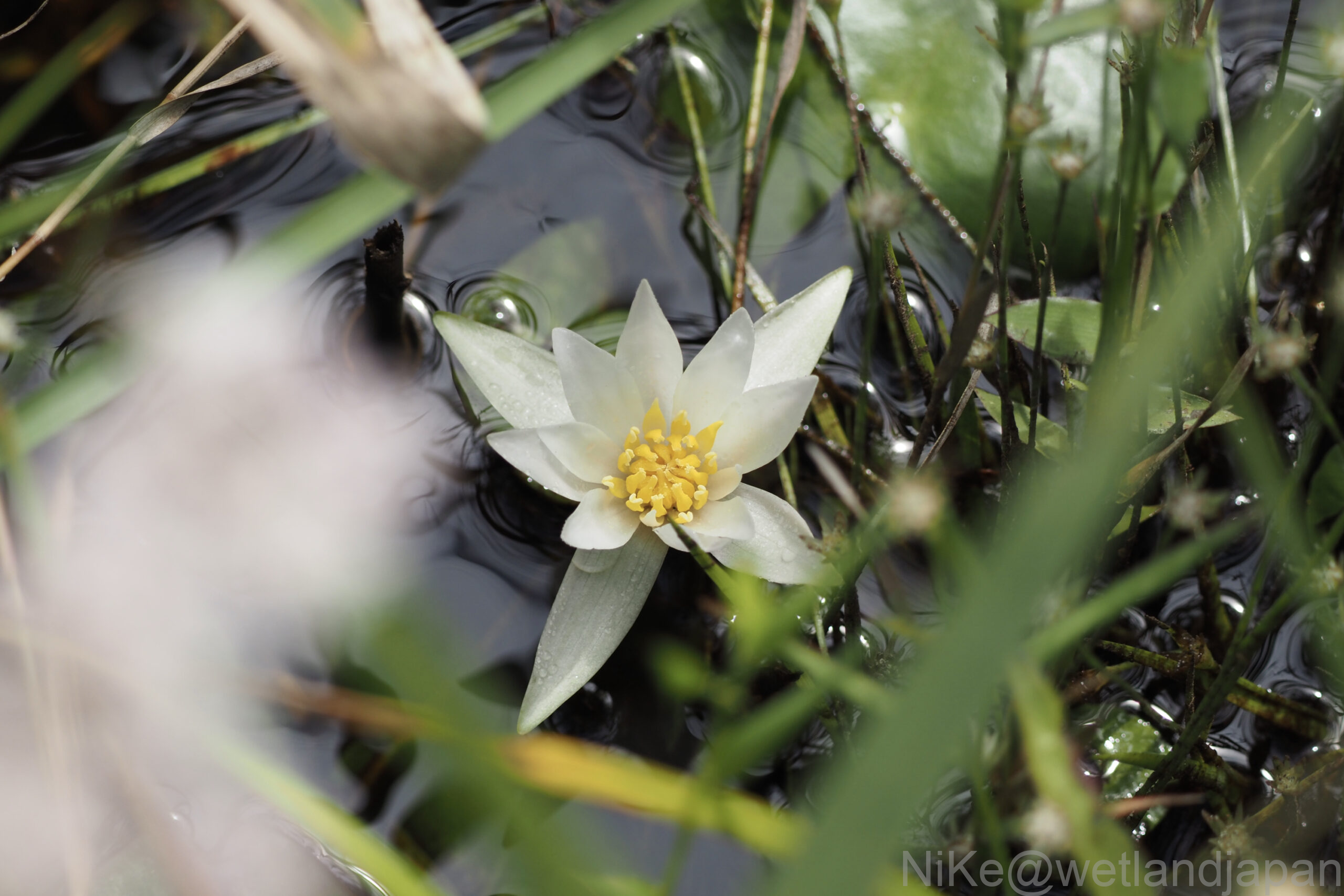
A type of swallowtail butterfly.
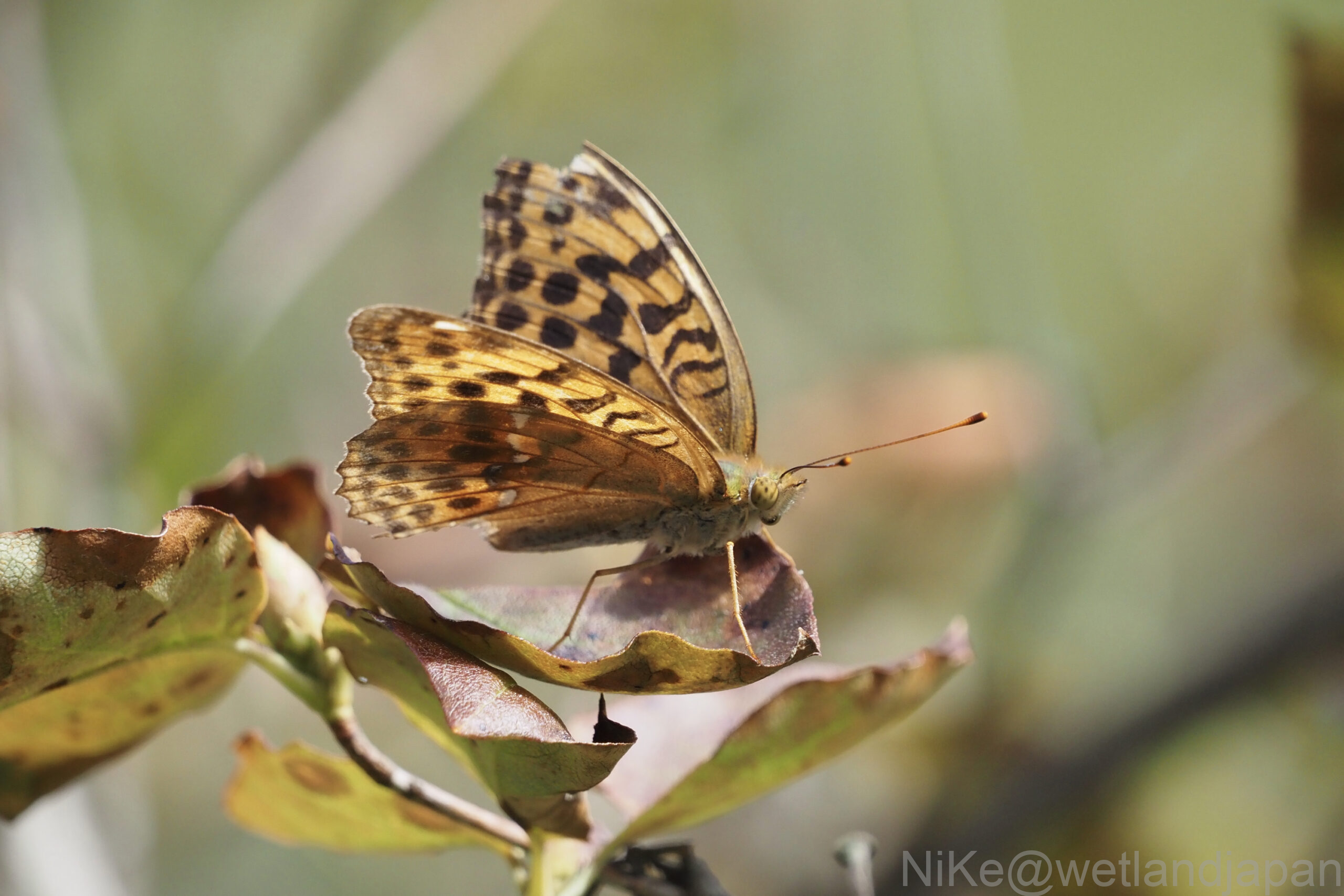
A juvenile Japanese grass lizard. Its blue tail is beautiful.
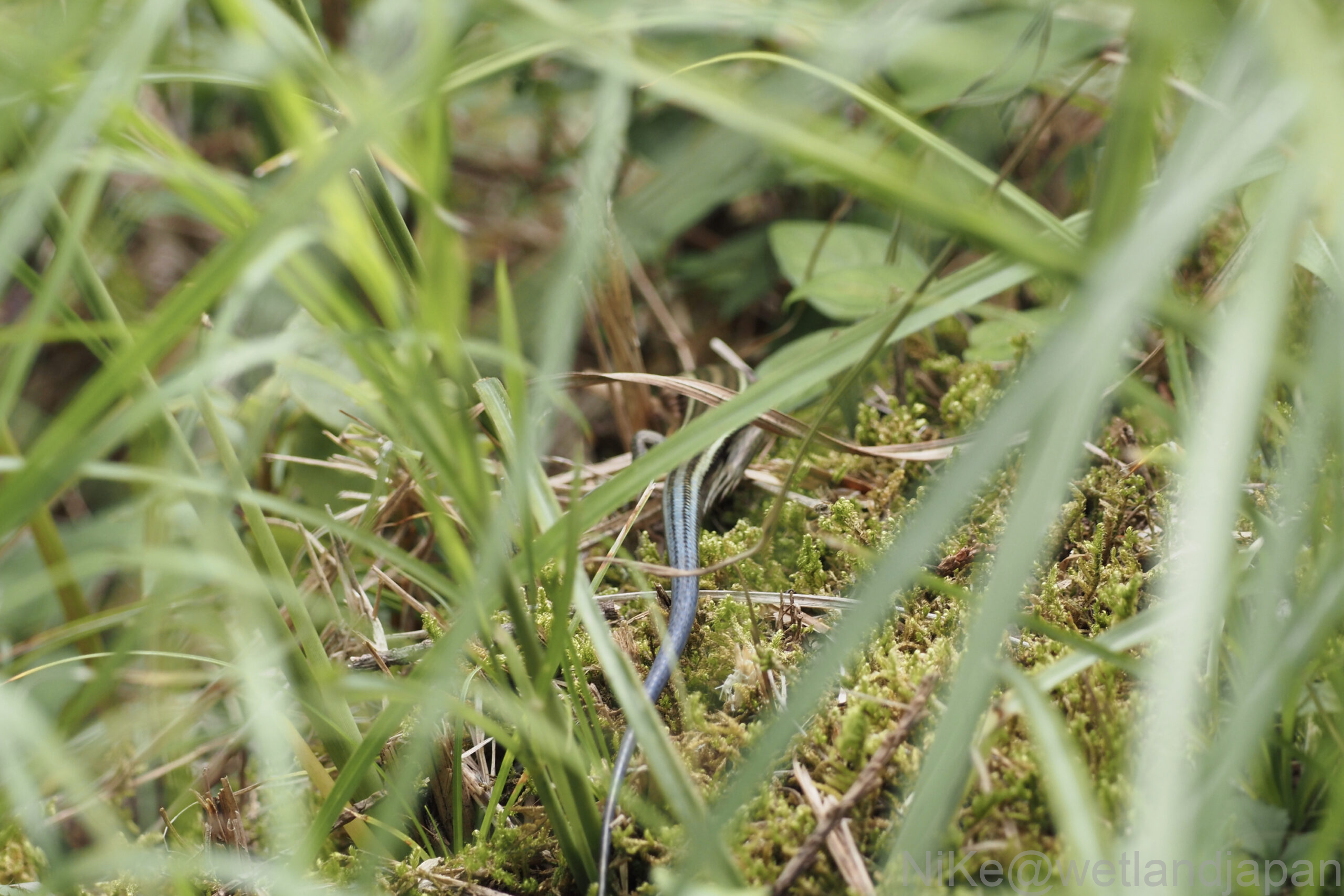
The carcass of a newt.
Newts surprisingly move on land, but they probably couldn't return to the water before the daytime temperature rose.
Many had died here and it had become like a graveyard.
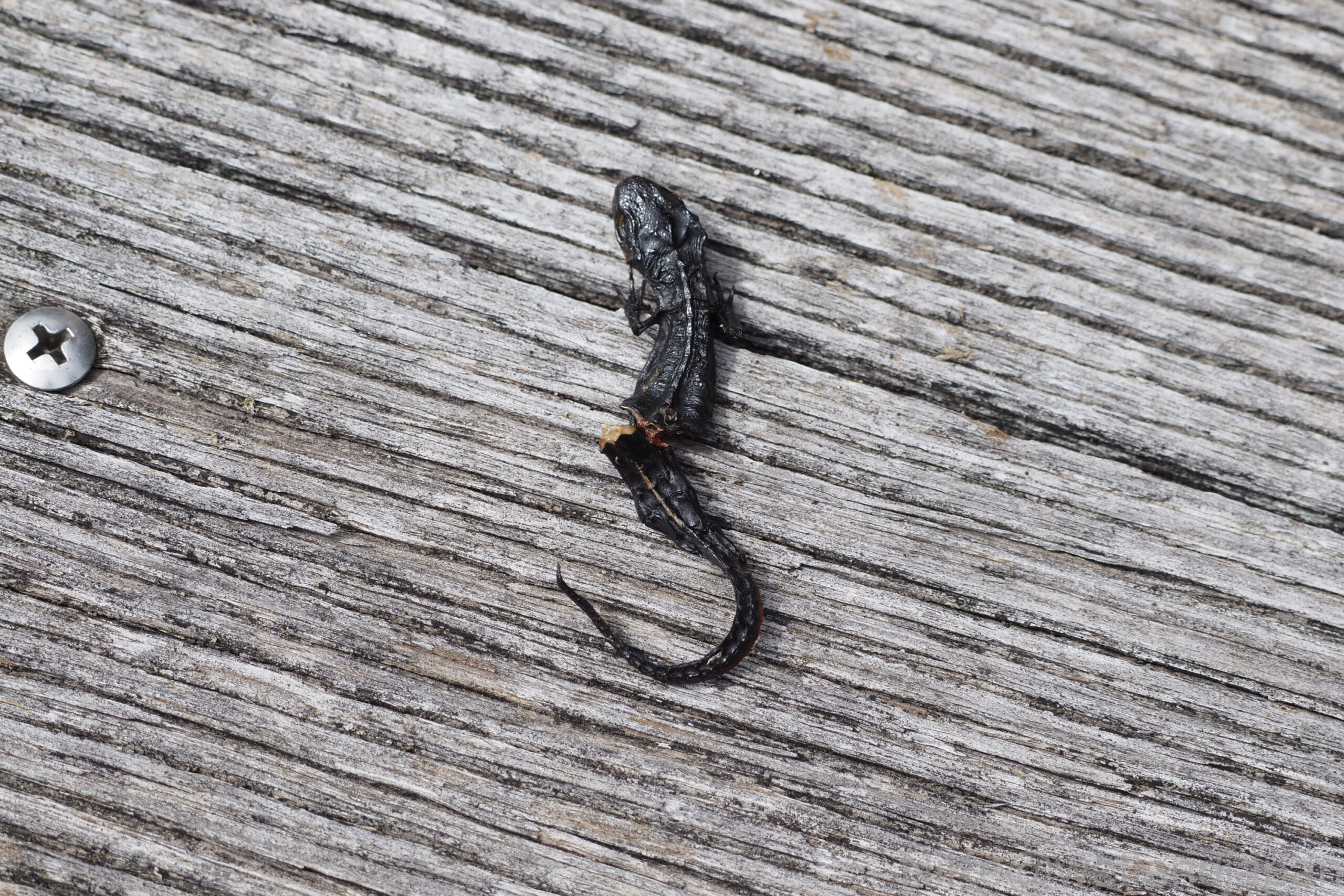
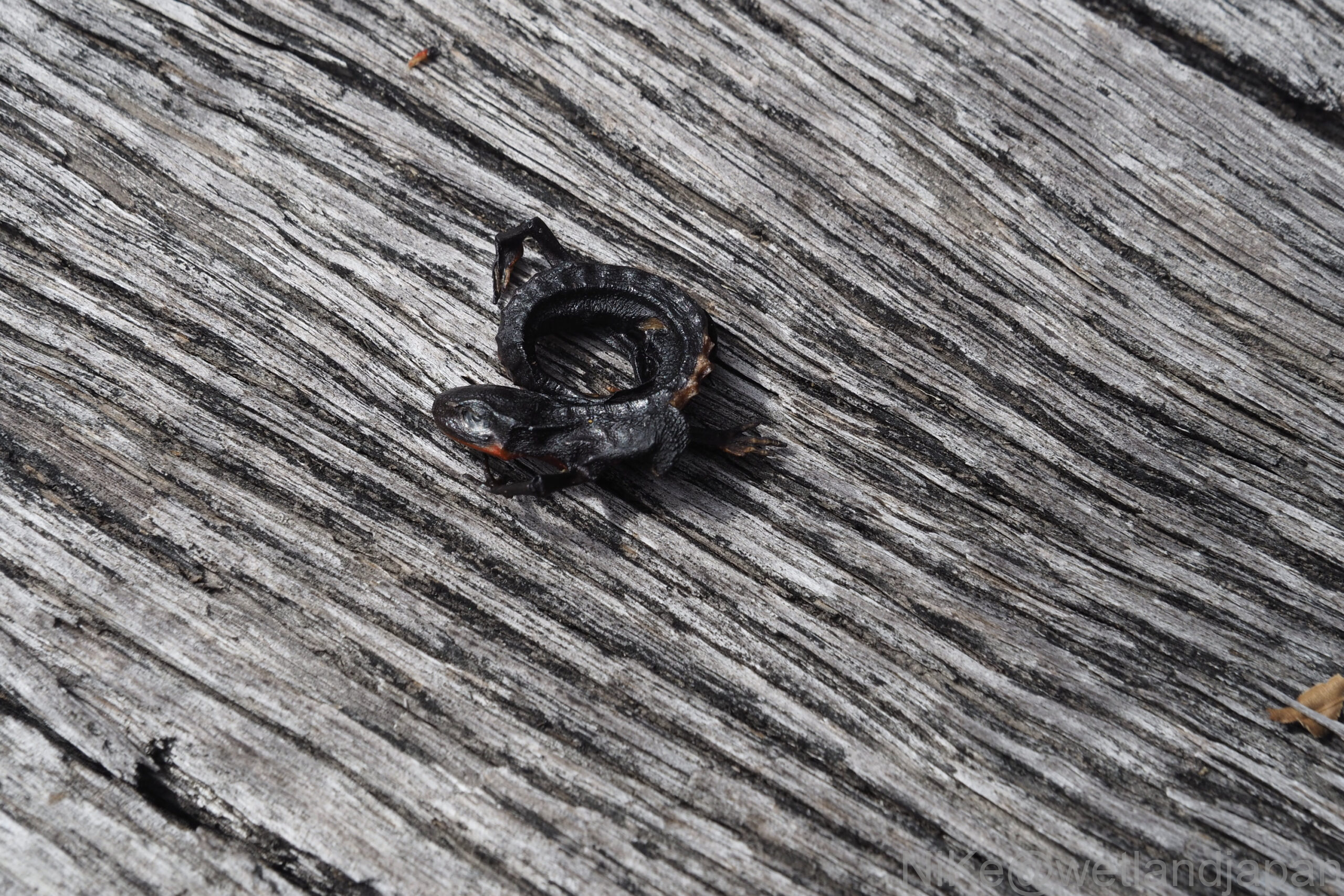
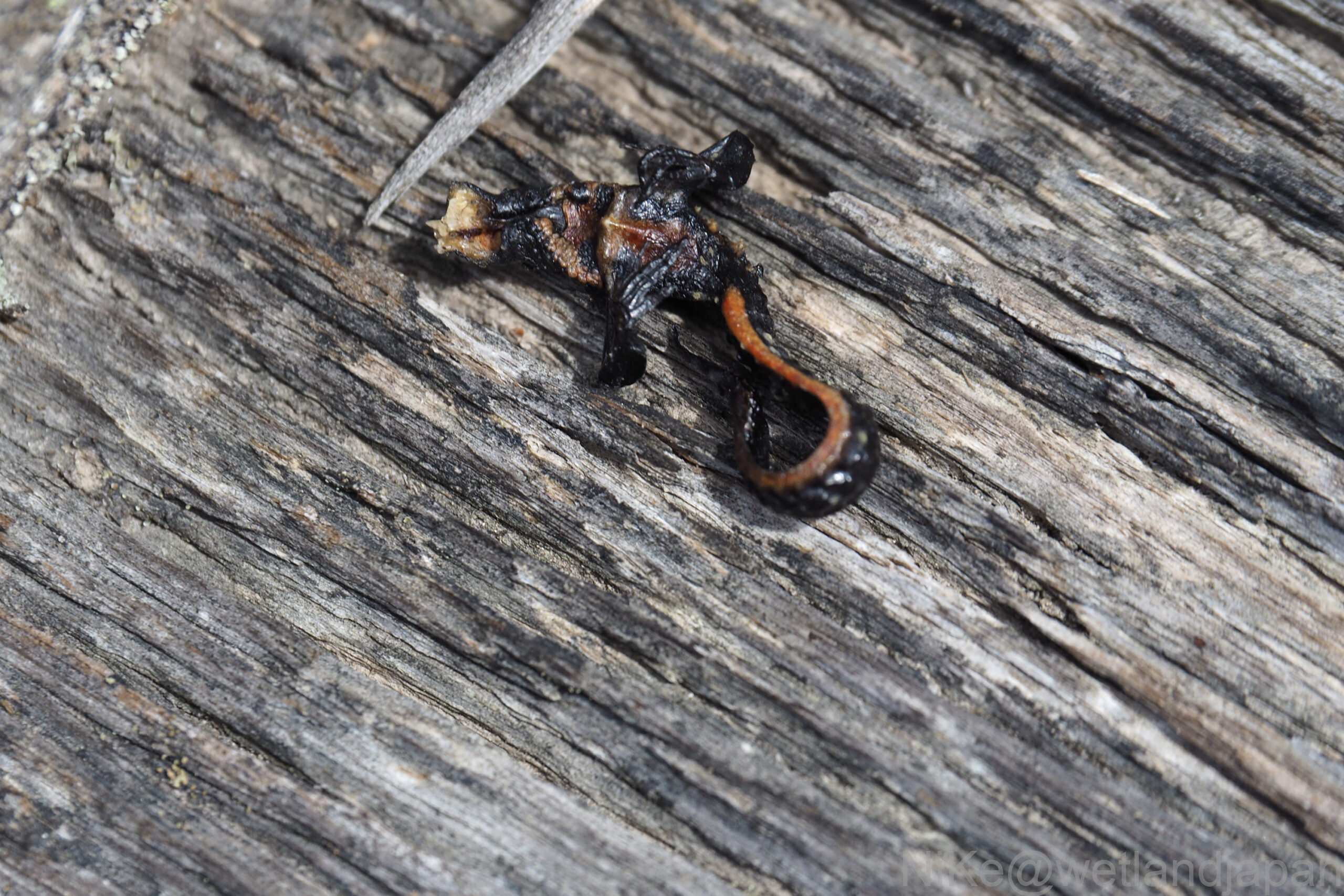
Dragonflies mating.
Based on habitat information, it is thought to be a small red-veined butterfly, but the species cannot be identified.
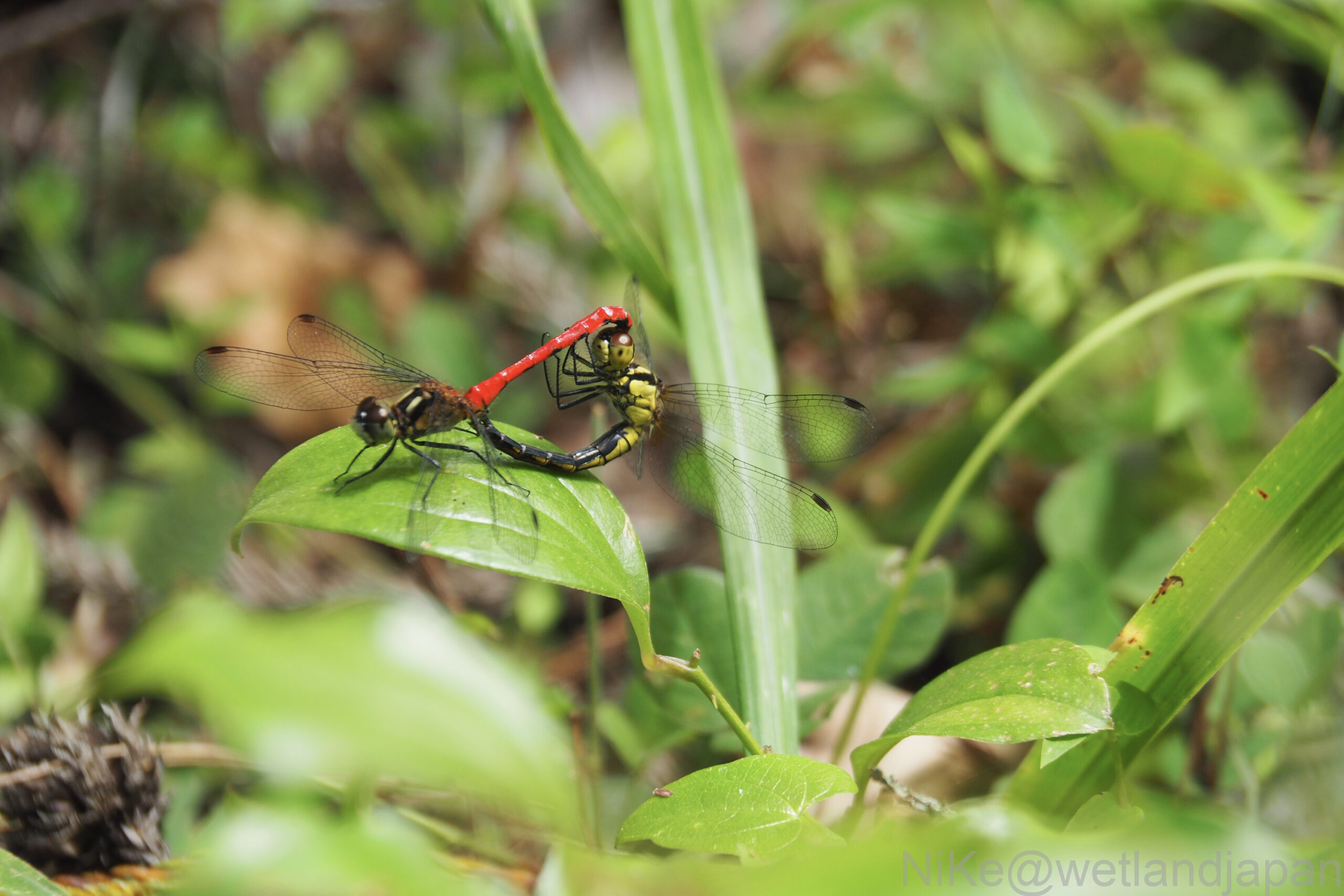
A leaf that looks like a leaf vein specimen.
Did this really happen naturally?
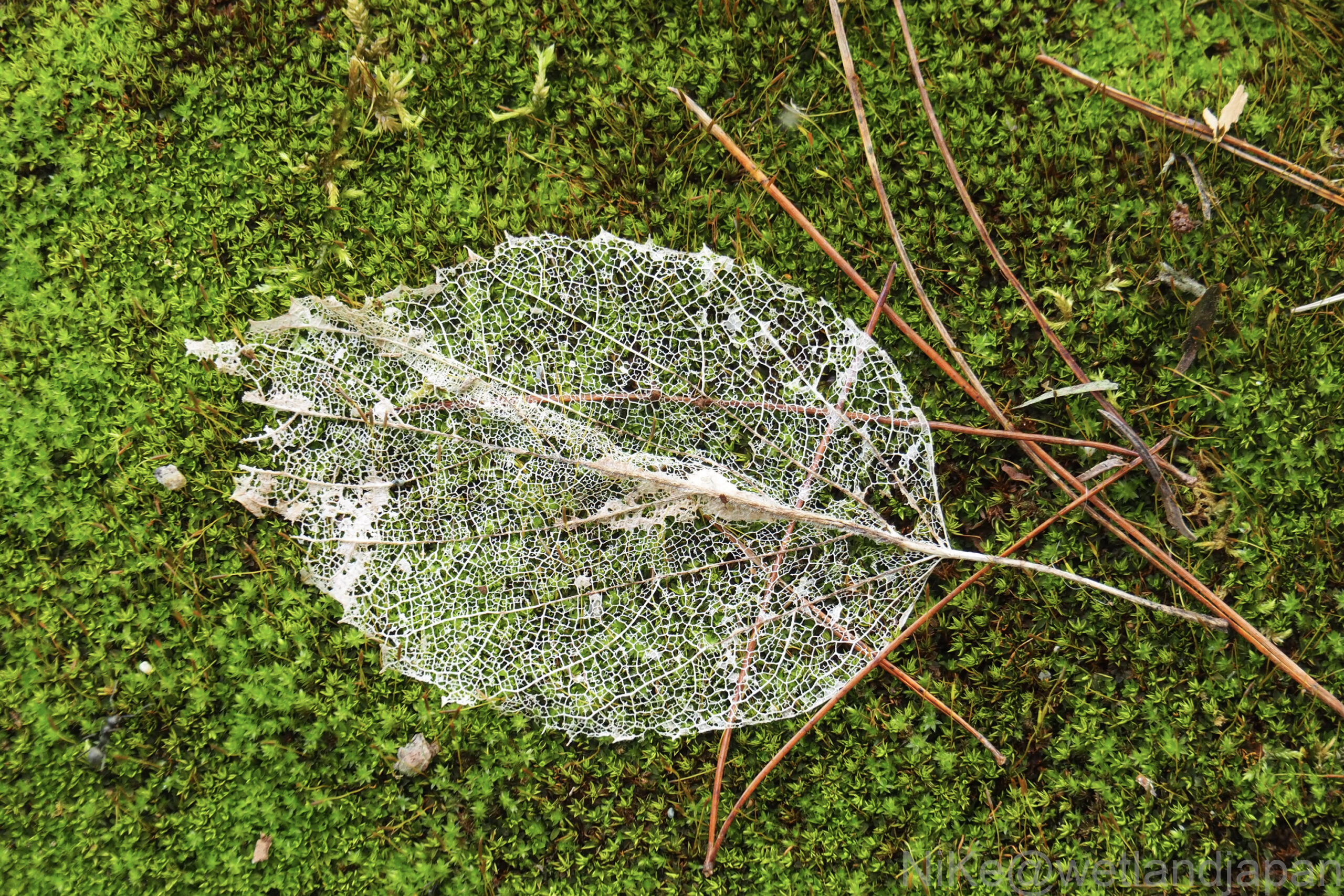
Finally I found the beehive.
It appears to have been abandoned.

summary
It is also known as the Oze of Shikoku, and is an absolutely beautiful marshland.
There is a wide variety of animals and flowers that live here, so it seems like it would be fun to visit any time.
If you are interested in Kurosawa Wetland, please also read the article below!
Latest Articles
 summer
summer Amphibians
Amphibians Nationally important wetlands
Nationally important wetlands spring
spring spring
spring spring
spring summer
summer winter
winter Wetland Information
Wetland Information spring
spring Information about Shikoku
Information about Shikoku Exploring Shikoku
Exploring Shikoku
